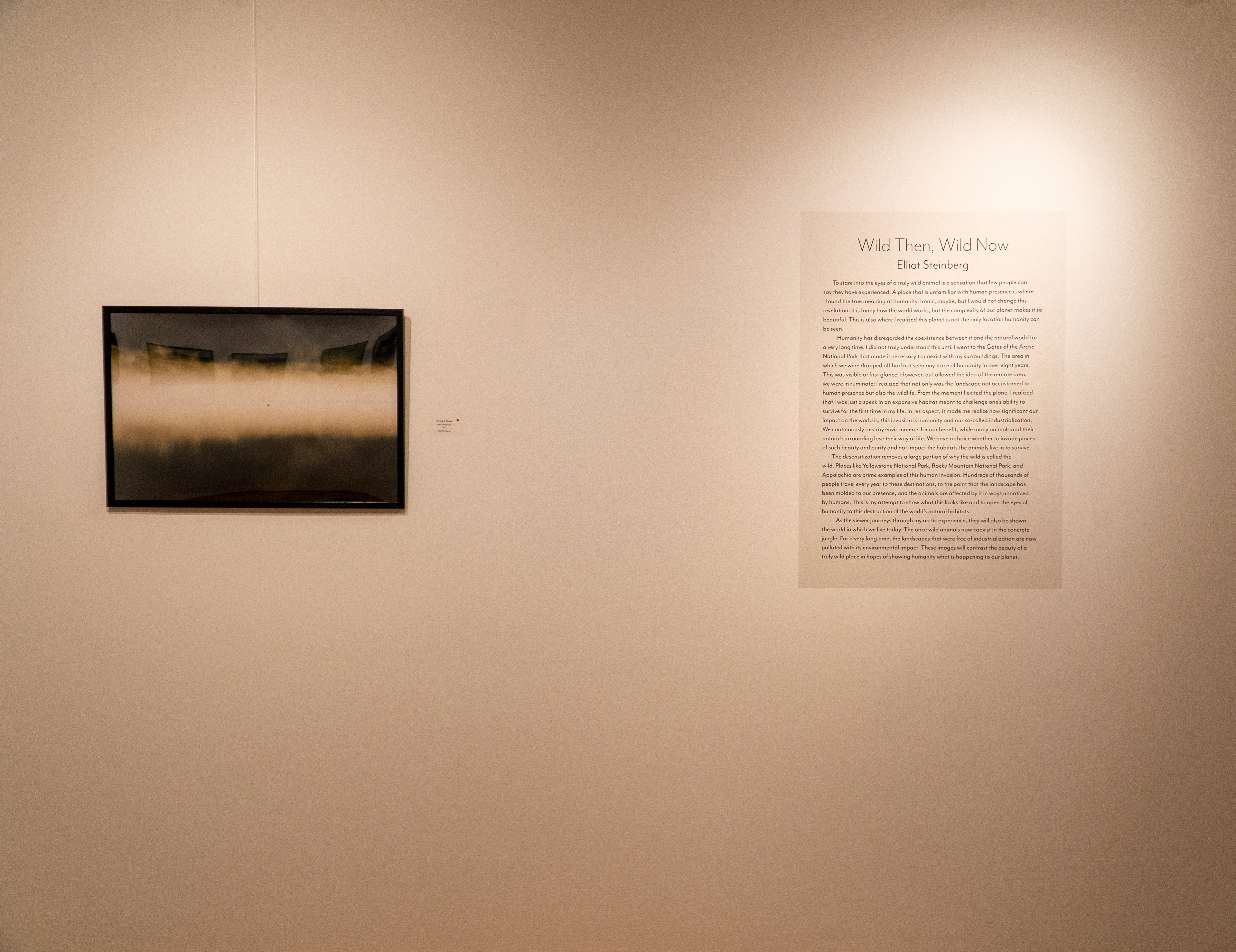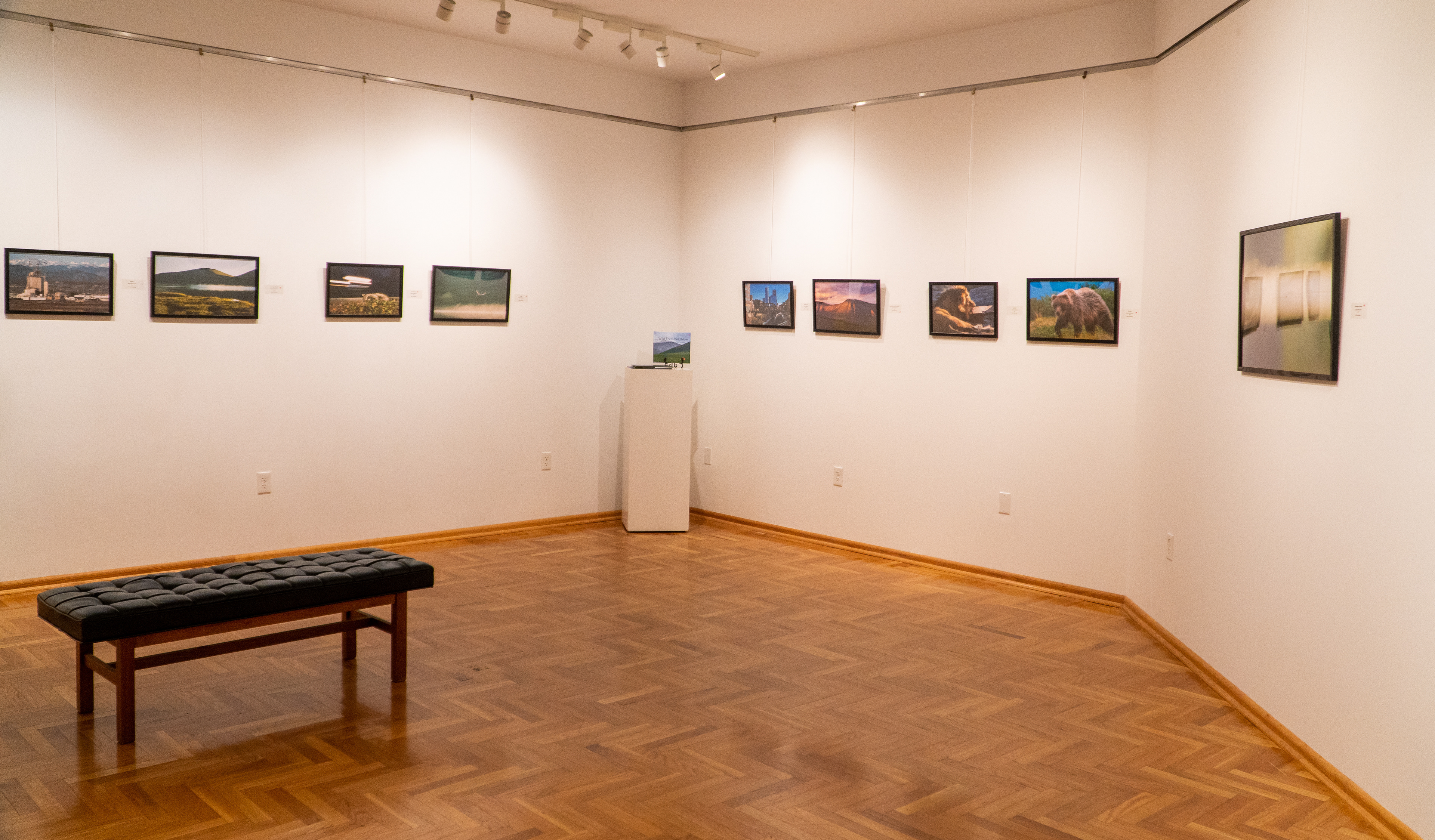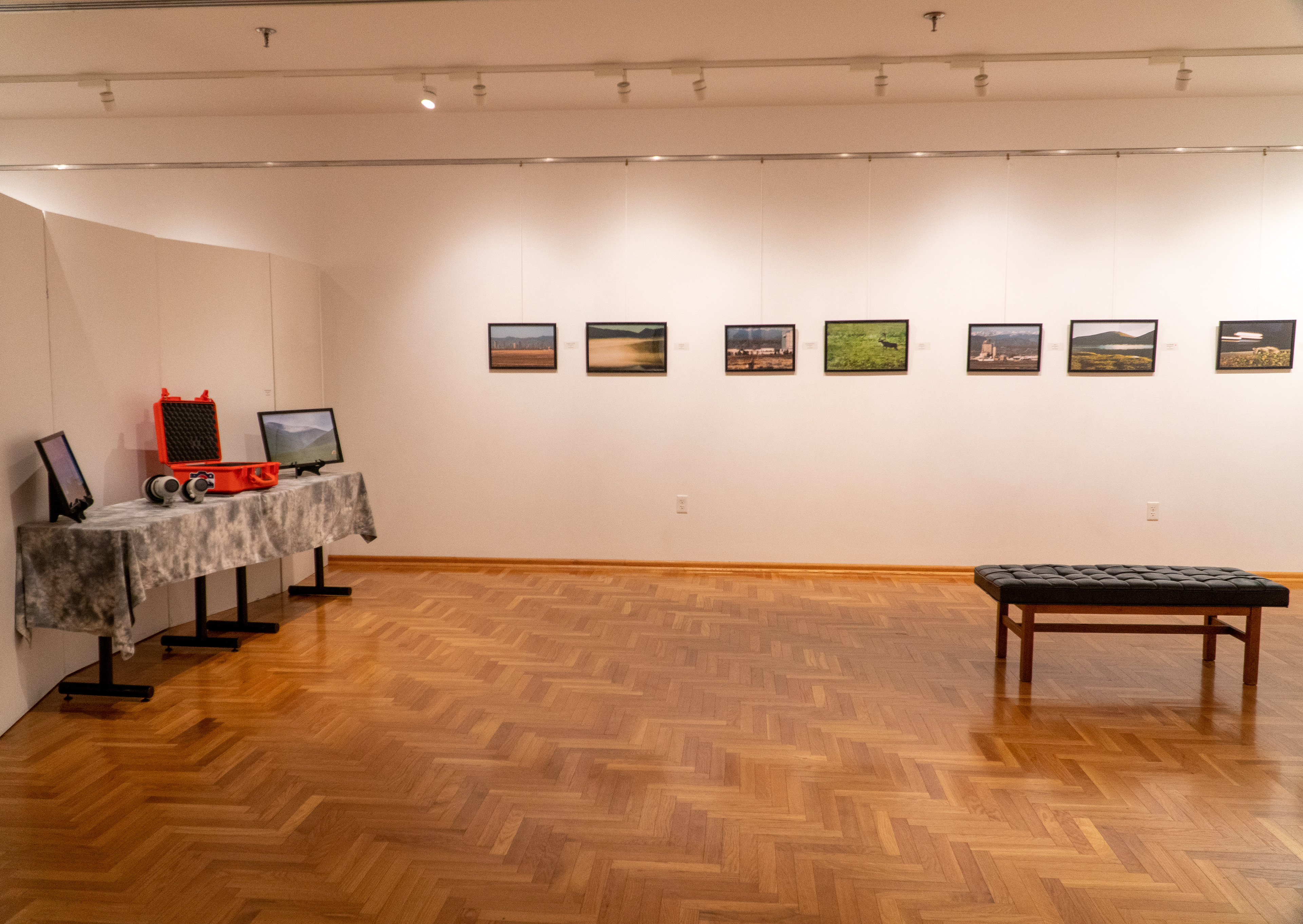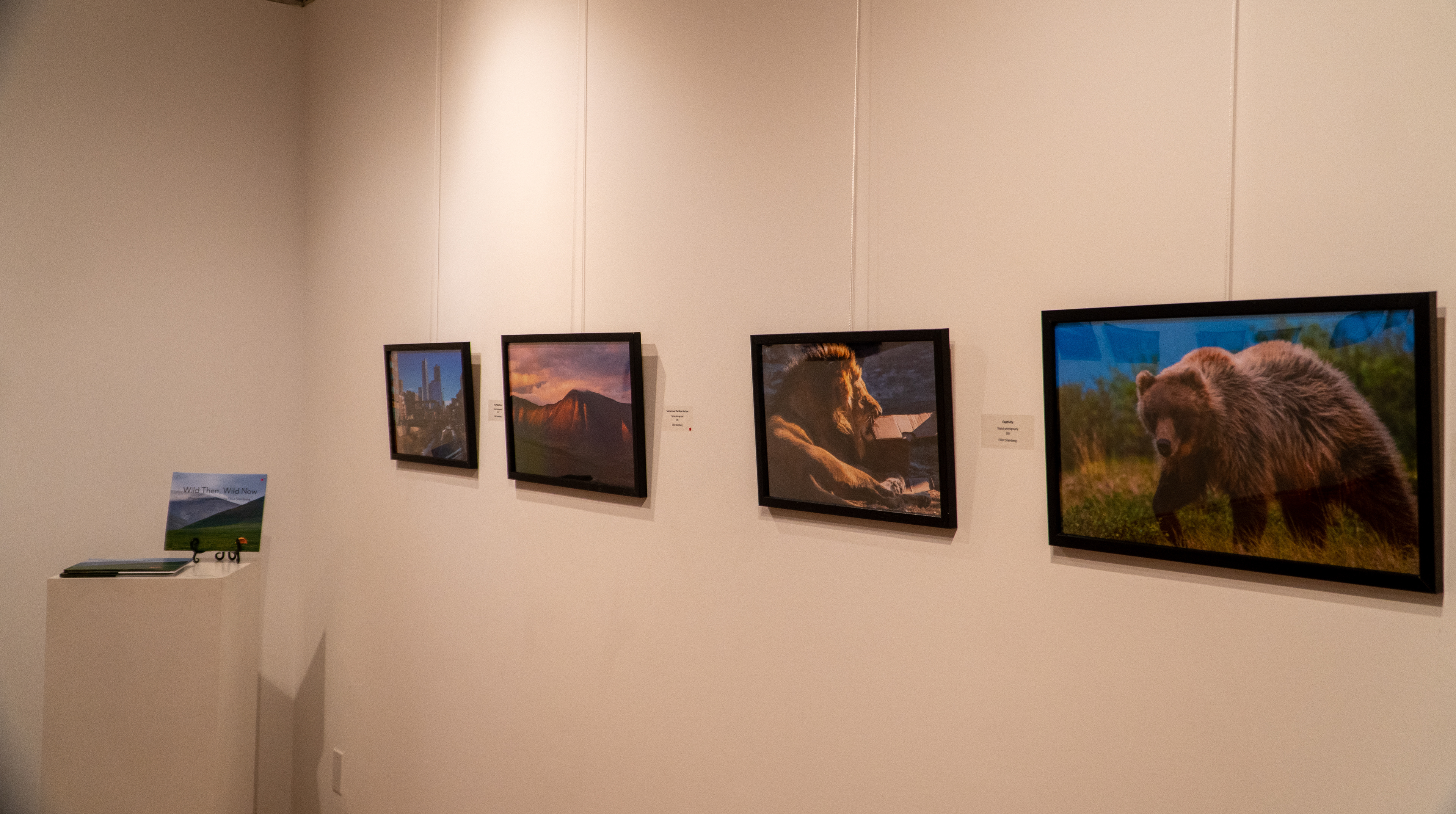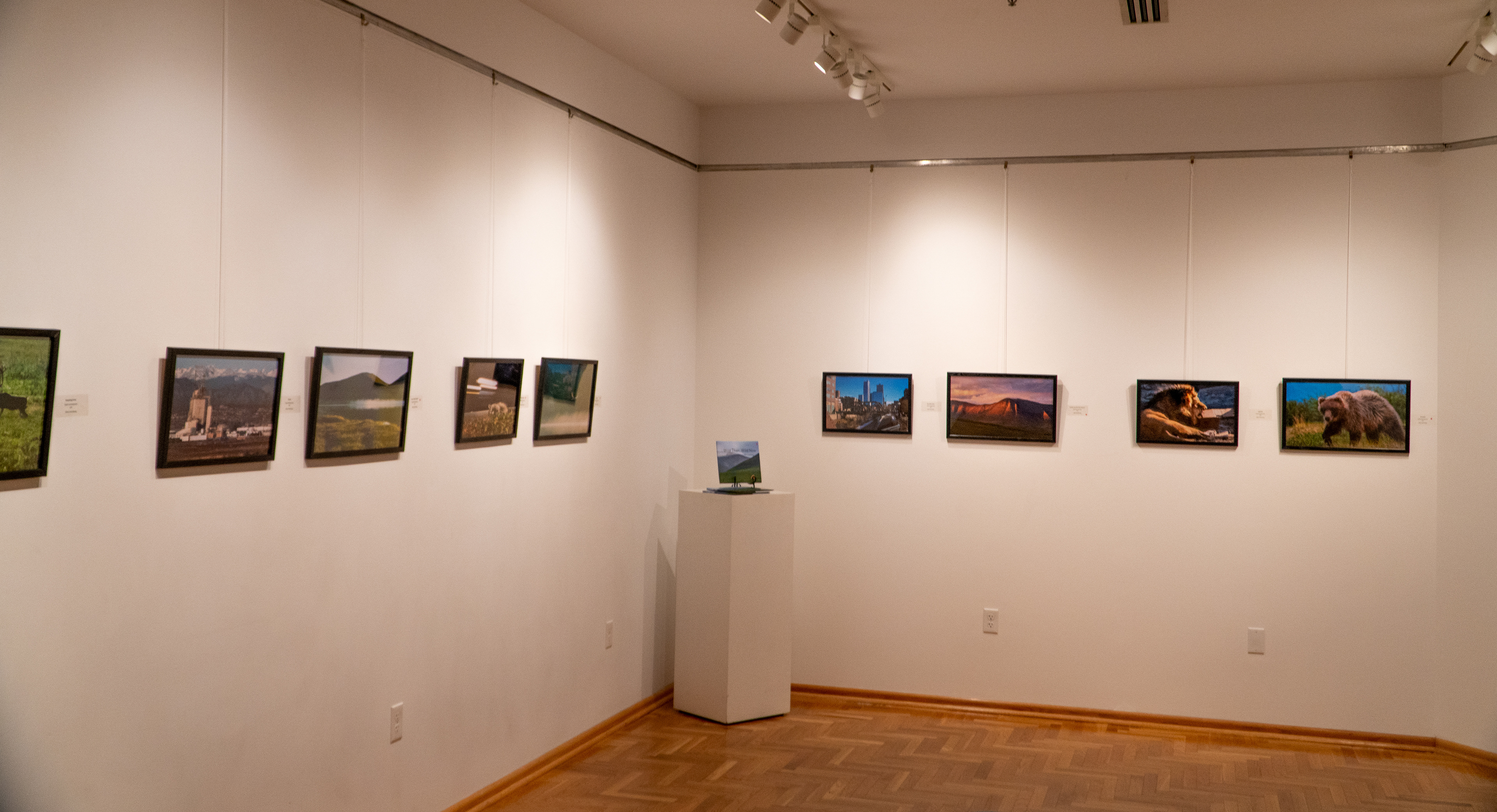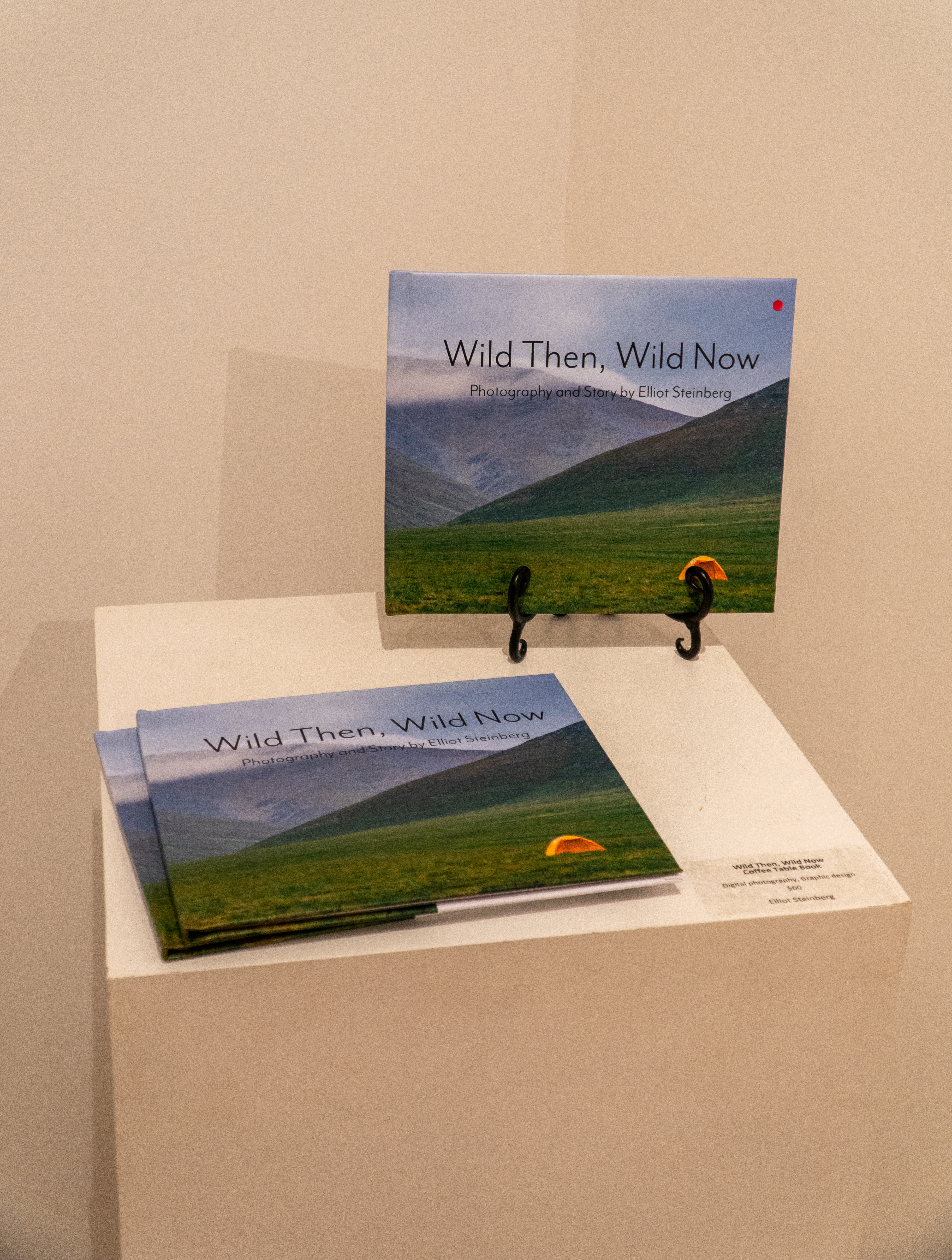Wild Then, Wild Now
To stare into the eyes of a truly wild animal is a sensation that few people can say they have experienced. A place that is unfamiliar with human presence is where I found the true meaning of humanity. Ironic, maybe, but I would not change this revelation. It is funny how the world works, but the complexity of our planet makes it so beautiful. This is also where I realized this planet is not the only location humanity can be seen.
Humanity has disregarded the coexistence between it and the natural world for a very long time. I did not truly understand this until I went to the Gates of the Arctic National Park that made it necessary to coexist with my surroundings. The area in which we were dropped off had not seen any trace of humanity in over eight years. This was visible at first glance. However, as I allowed the idea of the remote area, we were in ruminate; I realized that not only was the landscape not accustomed to human presence but also the wildlife. From the moment I exited the plane, I realized that I was just a speck in an expansive habitat meant to challenge one’s ability to survive for the first time in my life. In retrospect, it made me realize how significant our impact on the world is; this invasion is humanity and our so-called industrialization. We continuously destroy environments for our benefit, while many animals and their natural surrounding lose their way of life. We have a choice whether to invade places of such beauty and purity and not impact the habitats the animals live in to survive.
The desensitization removes a large portion of why the wild is called the wild. Places like Yellowstone National Park, Rocky Mountain National Park, and Appalachia are prime examples of this human invasion. Hundreds of thousands of people travel every year to these destinations, to the point that the landscape has been molded to our presence, and the animals are affected by it in ways unnoticed by humans. This is my attempt to show what this looks like and to open the eyes of humanity to this destruction of the world’s natural habitats.
As the viewer journeys through my arctic experience, they will also be shown the world in which we live today. The once wild animals now coexist in the concrete jungle. For a very long time, the landscapes that were free of industrialization are now polluted with its environmental impact. These images will contrast the beauty of a truly wild place in hopes of showing humanity what is happening to our planet.
Photo Ideology

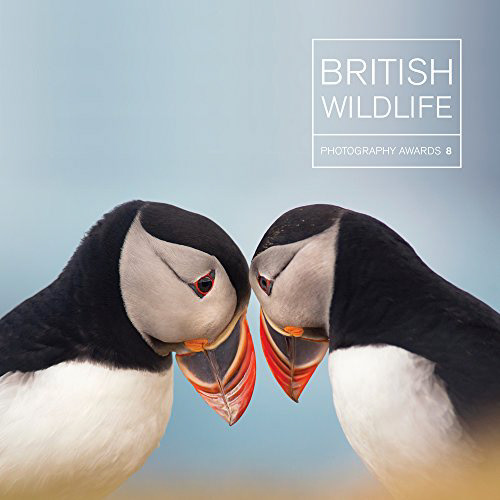
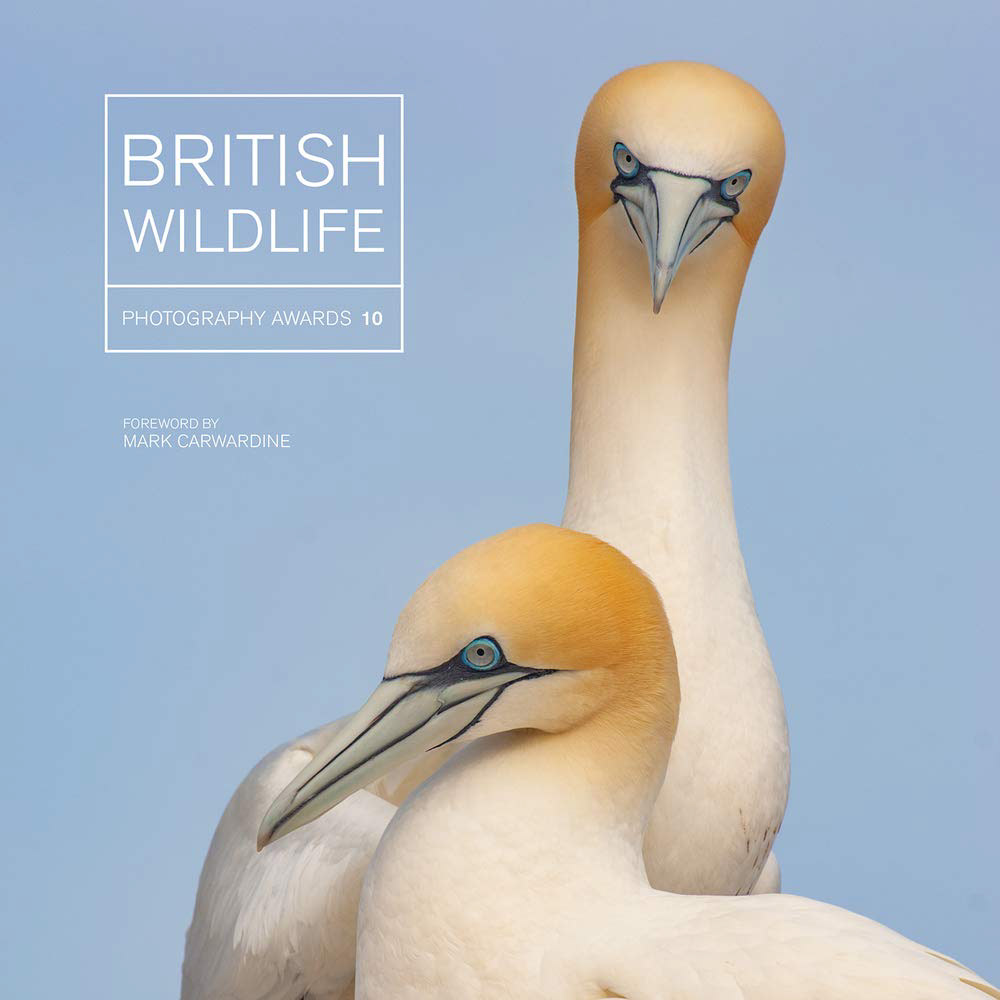
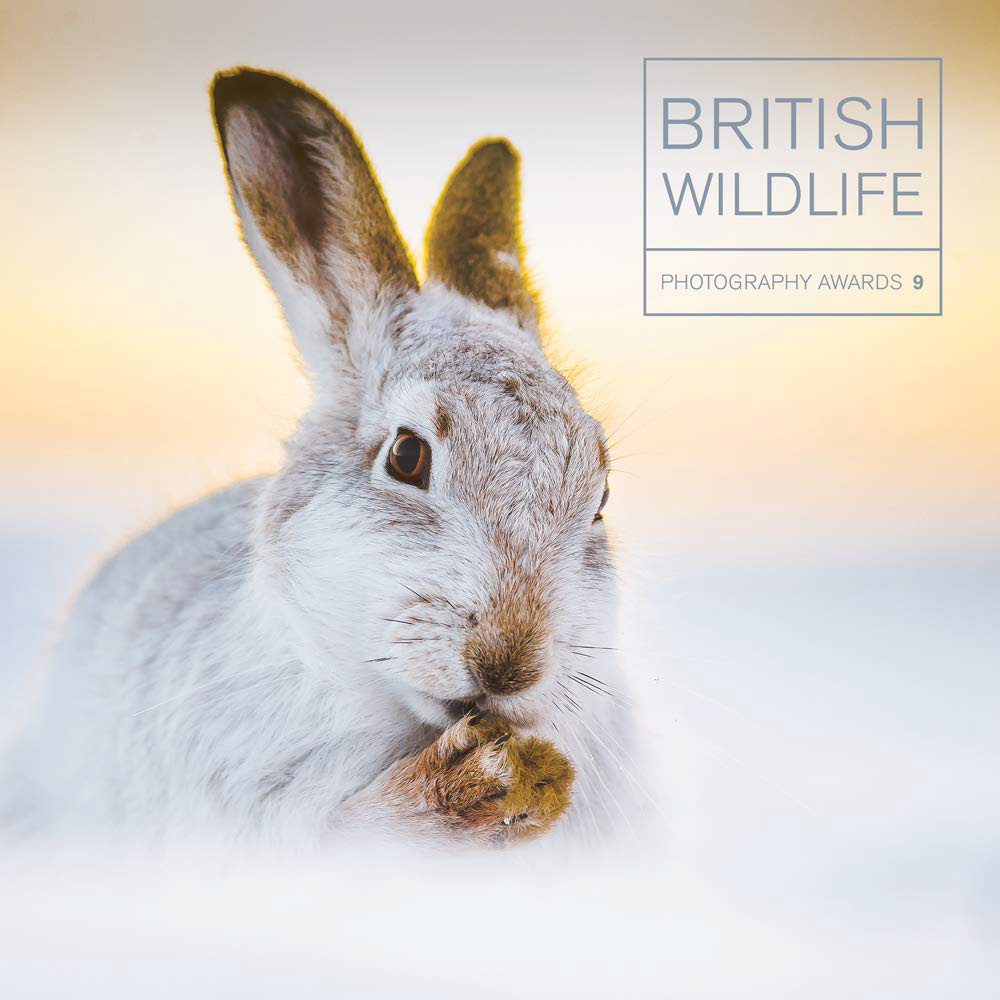

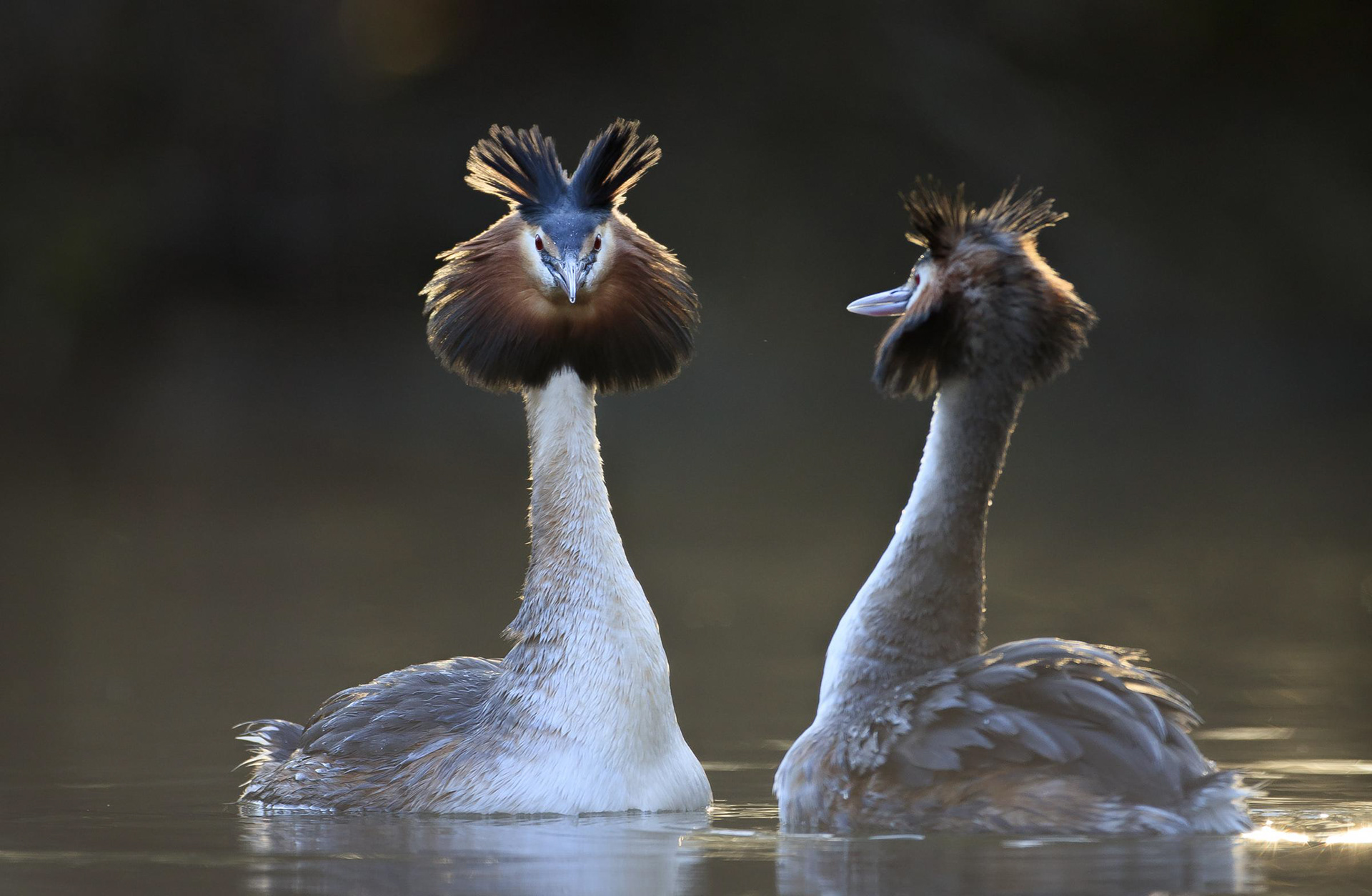
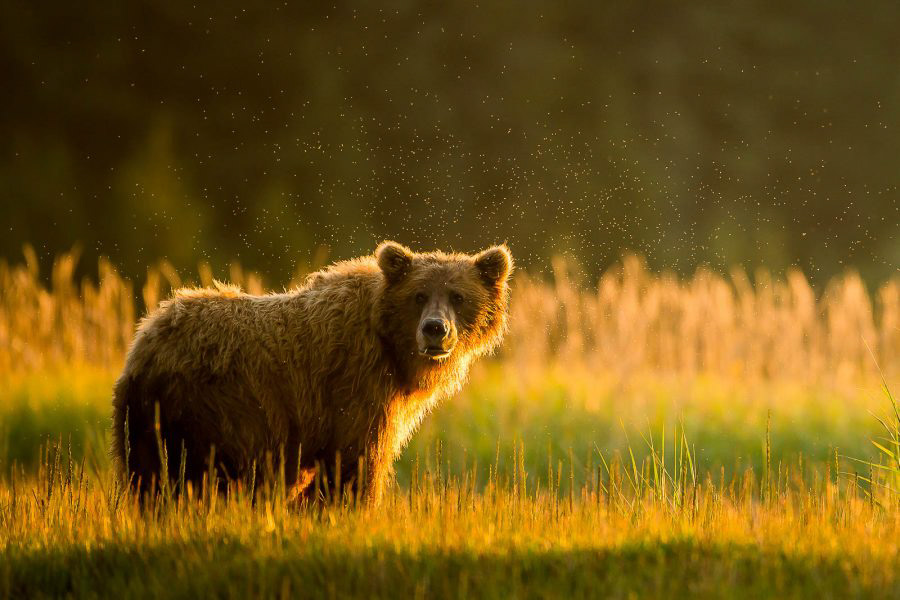
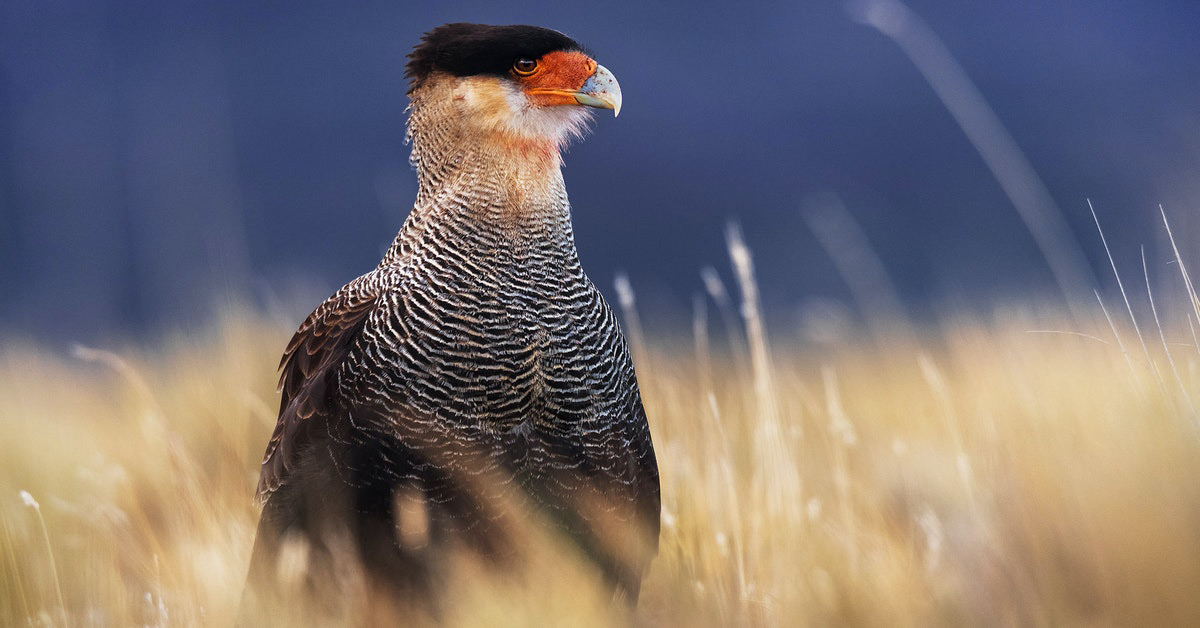

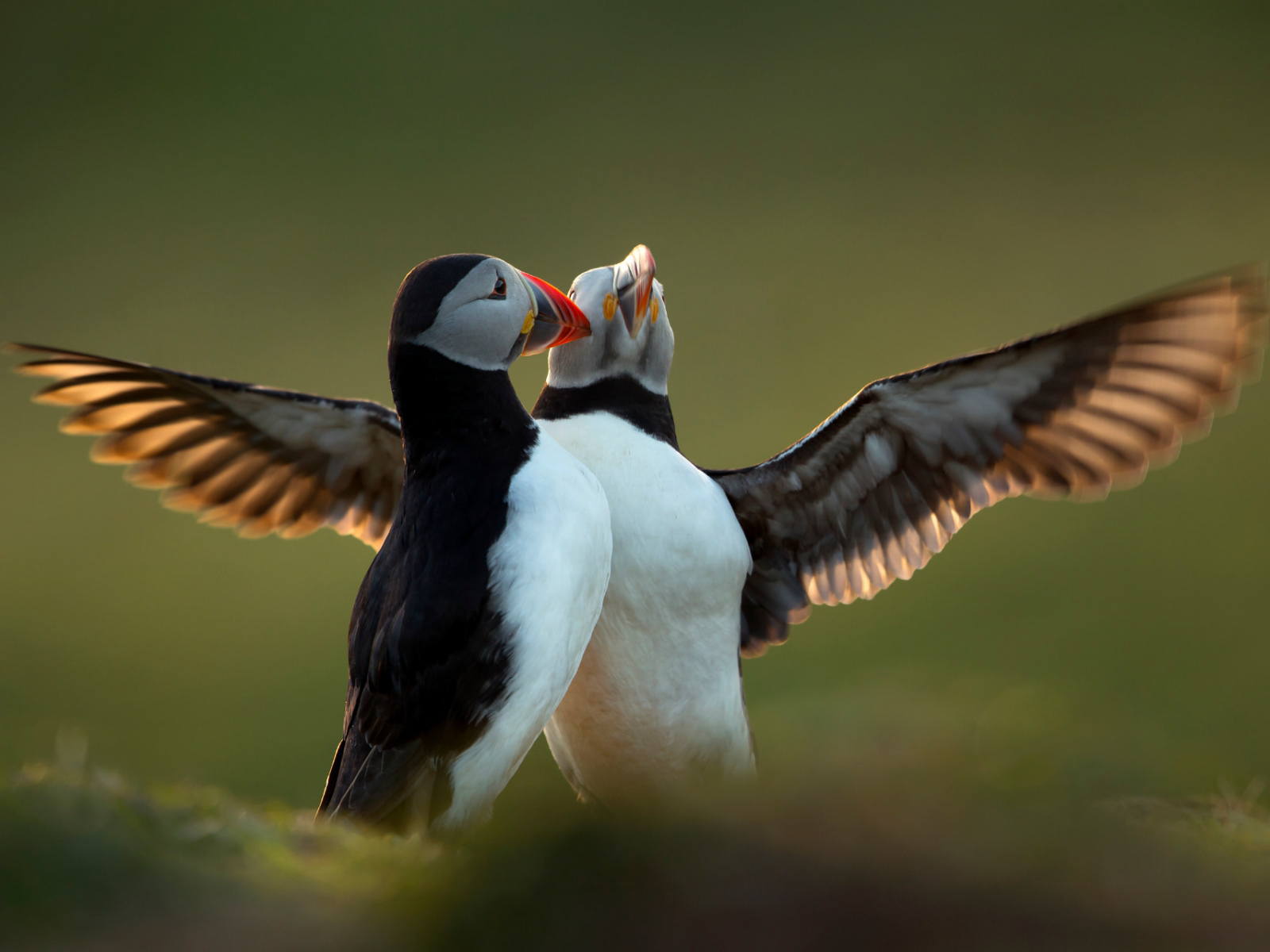
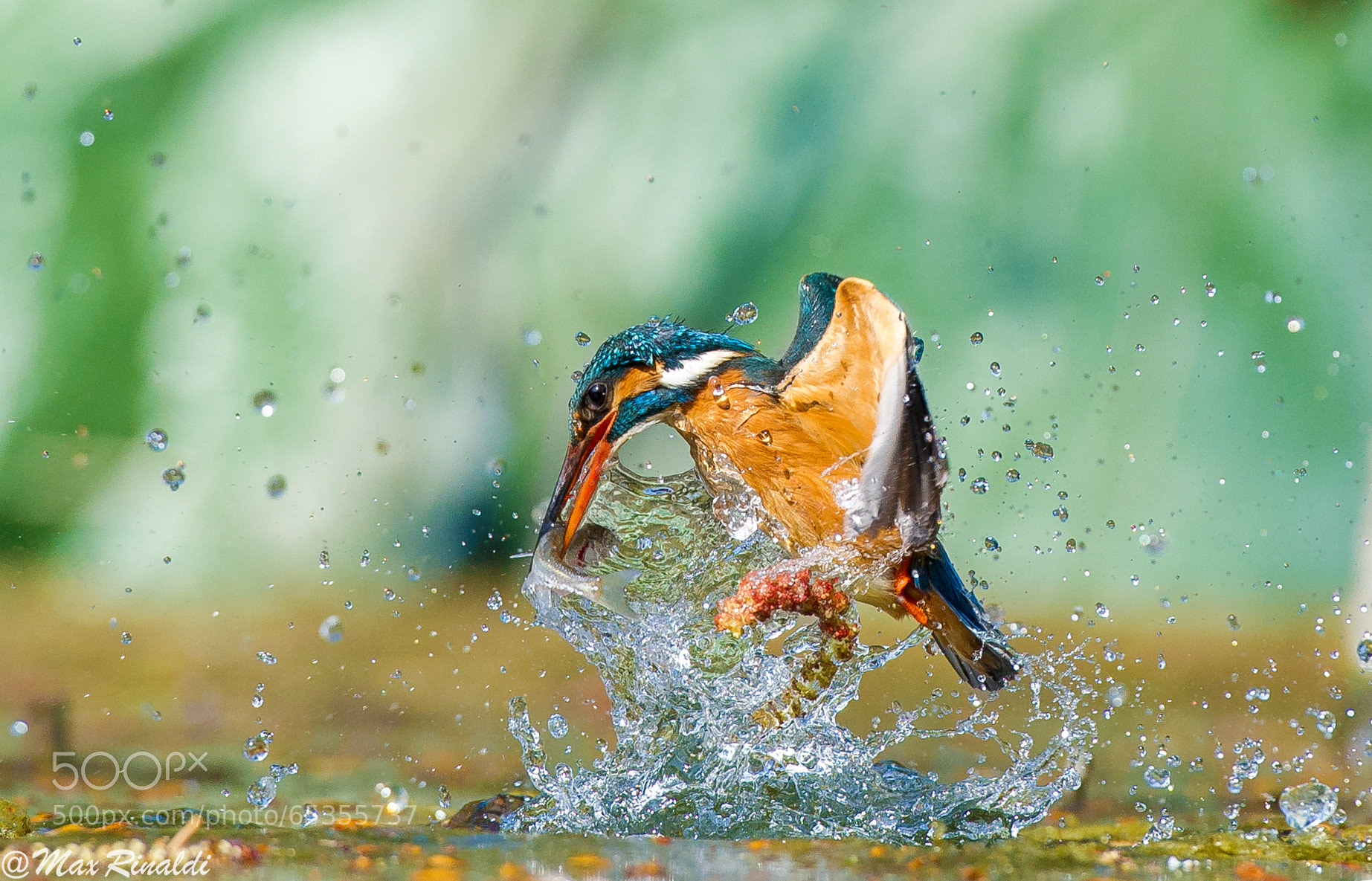
Book Ideology
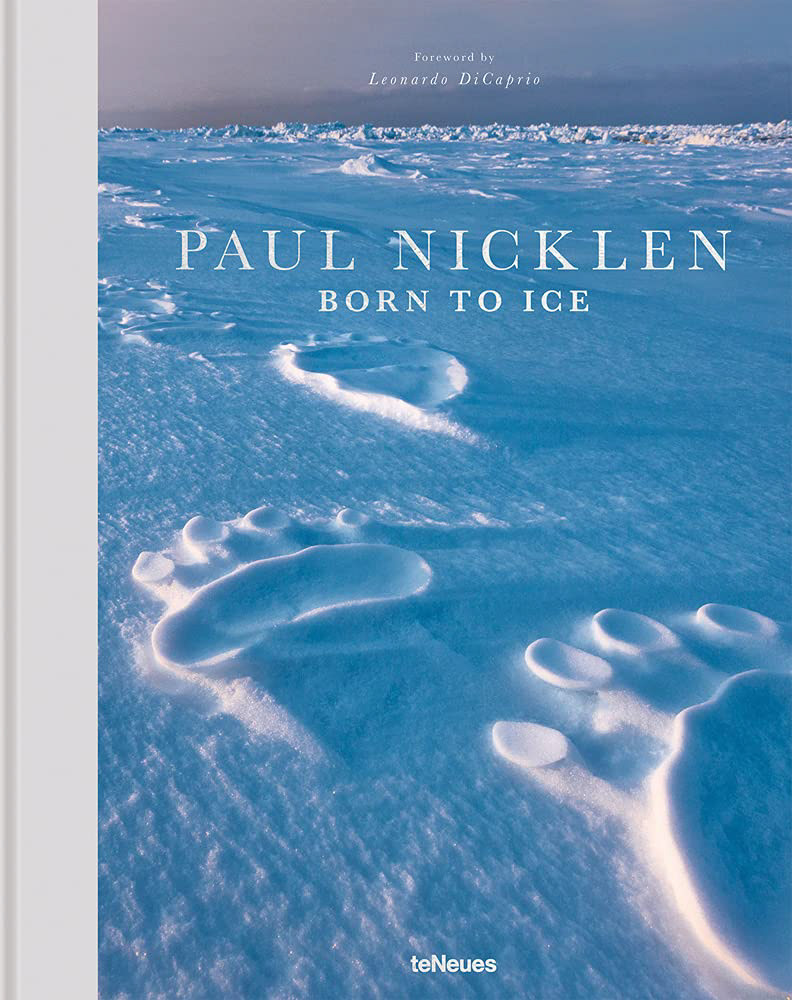

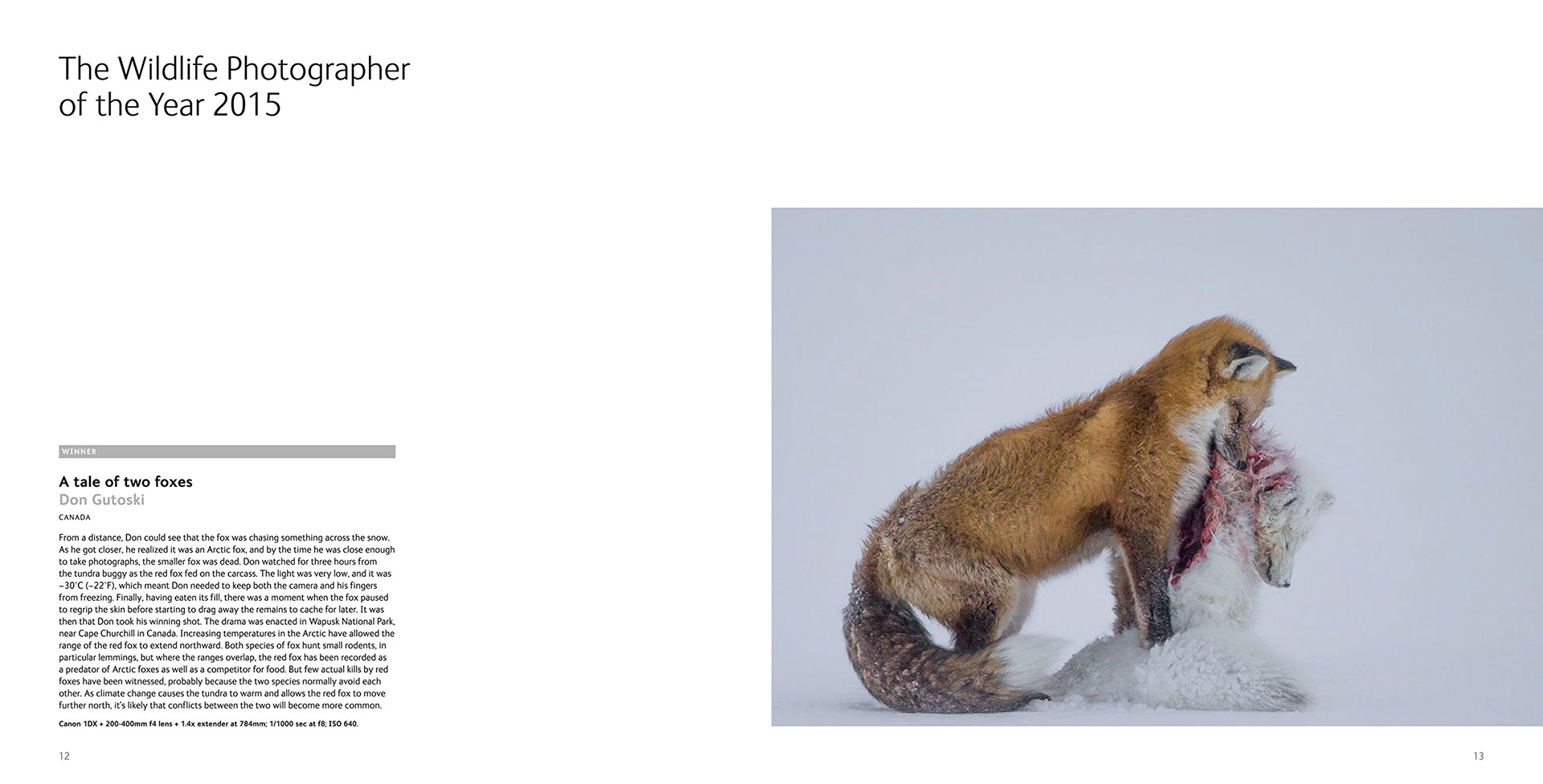
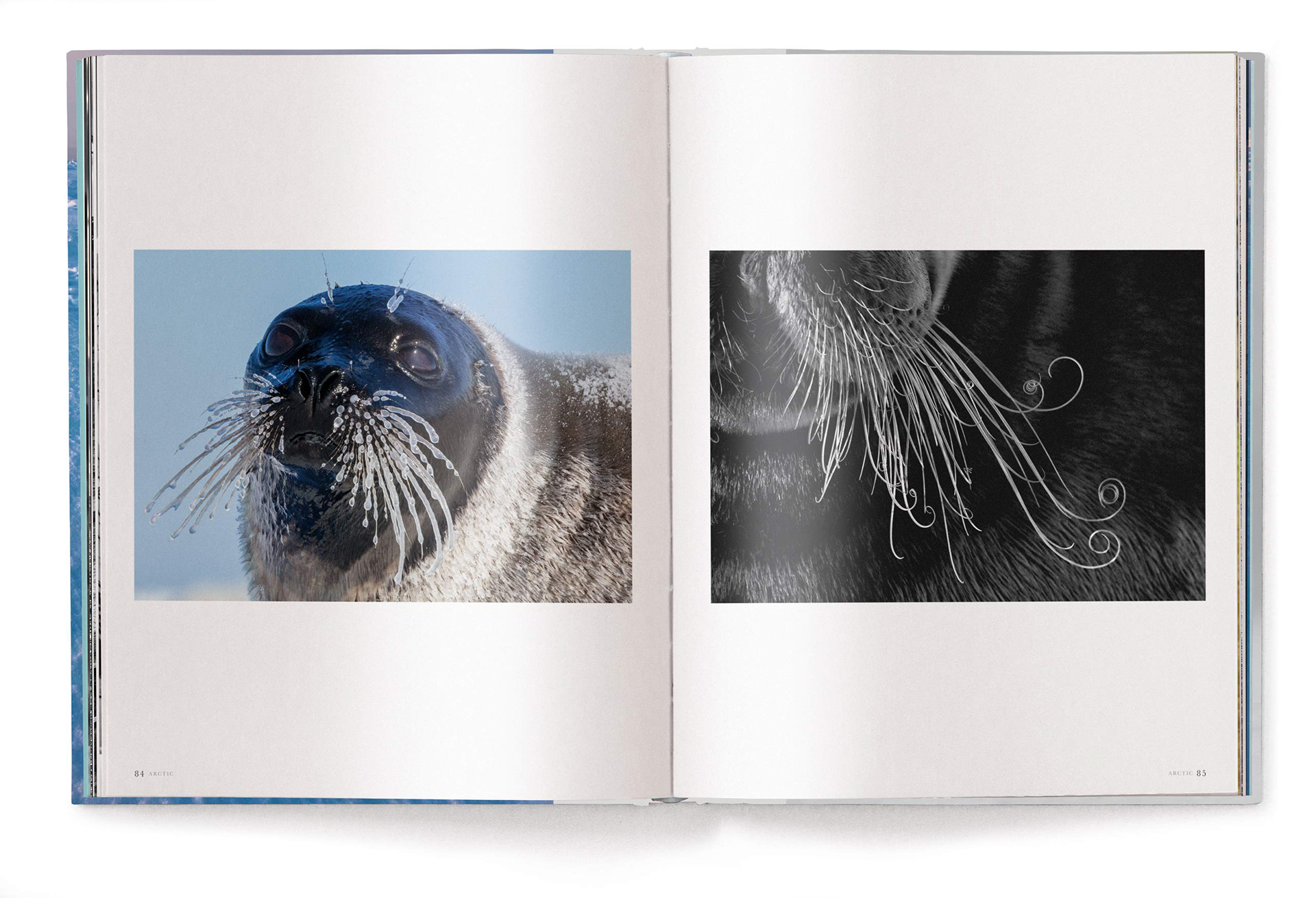
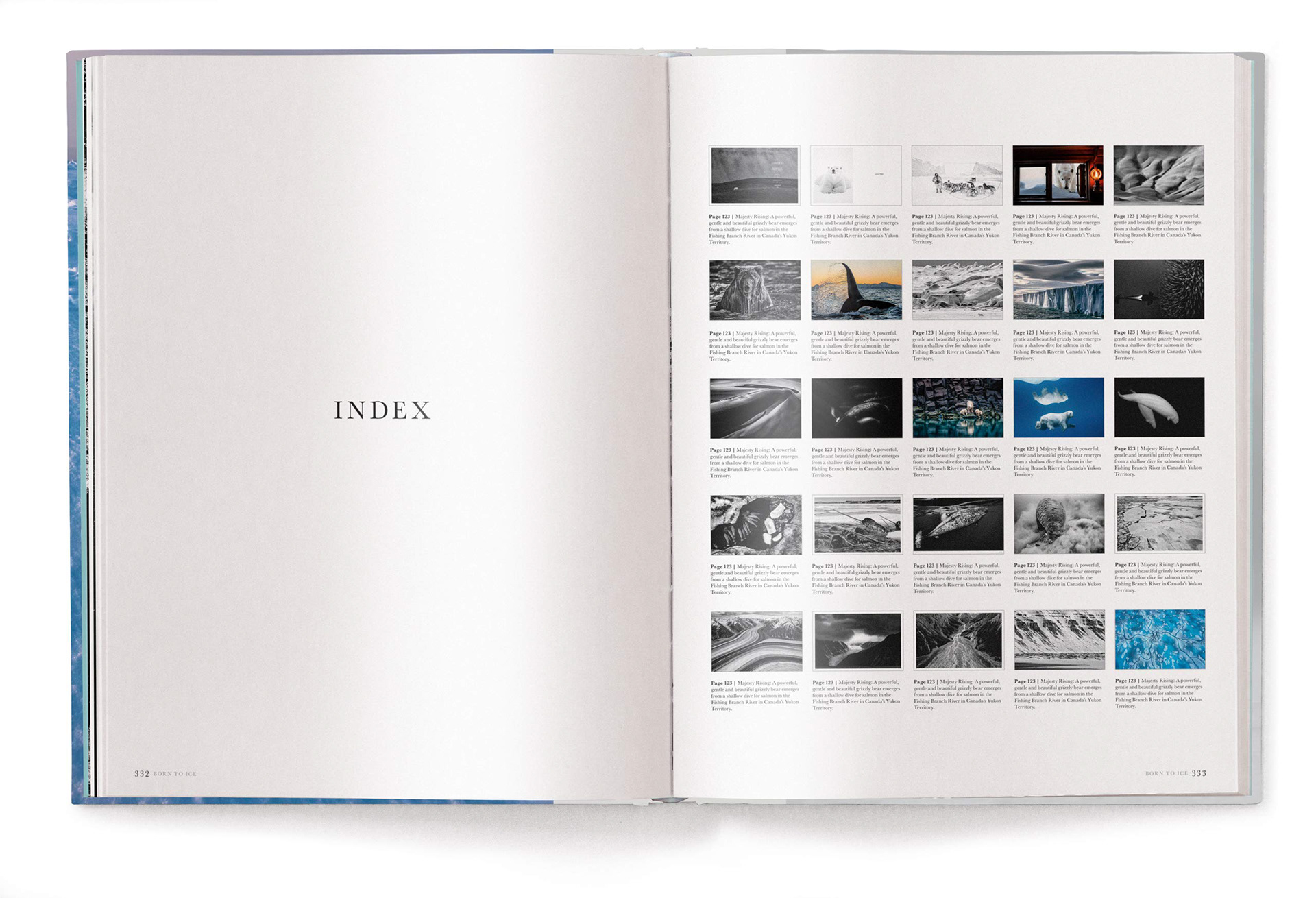
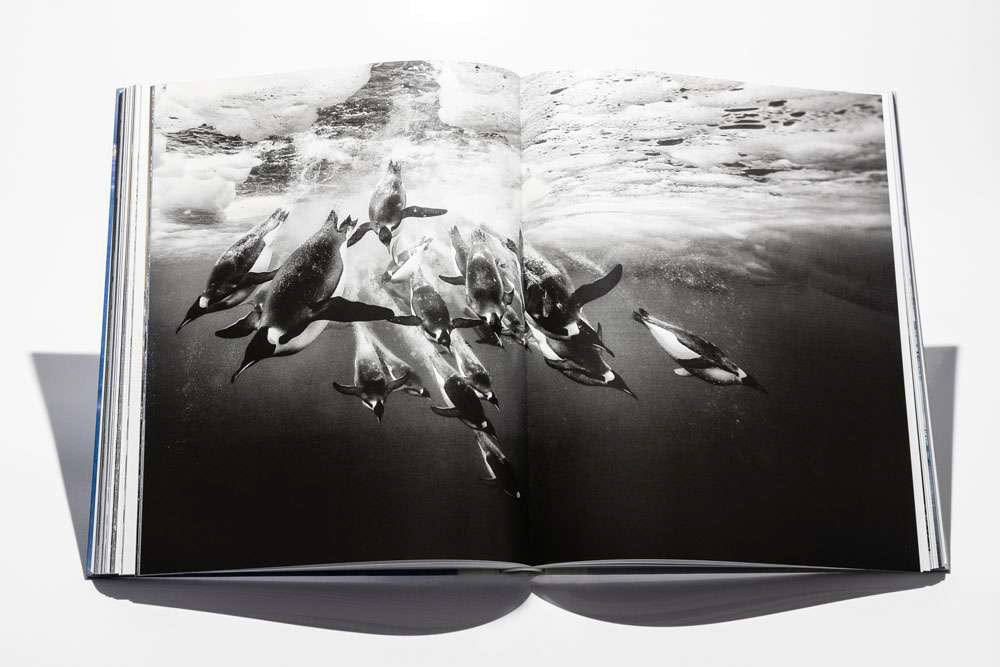
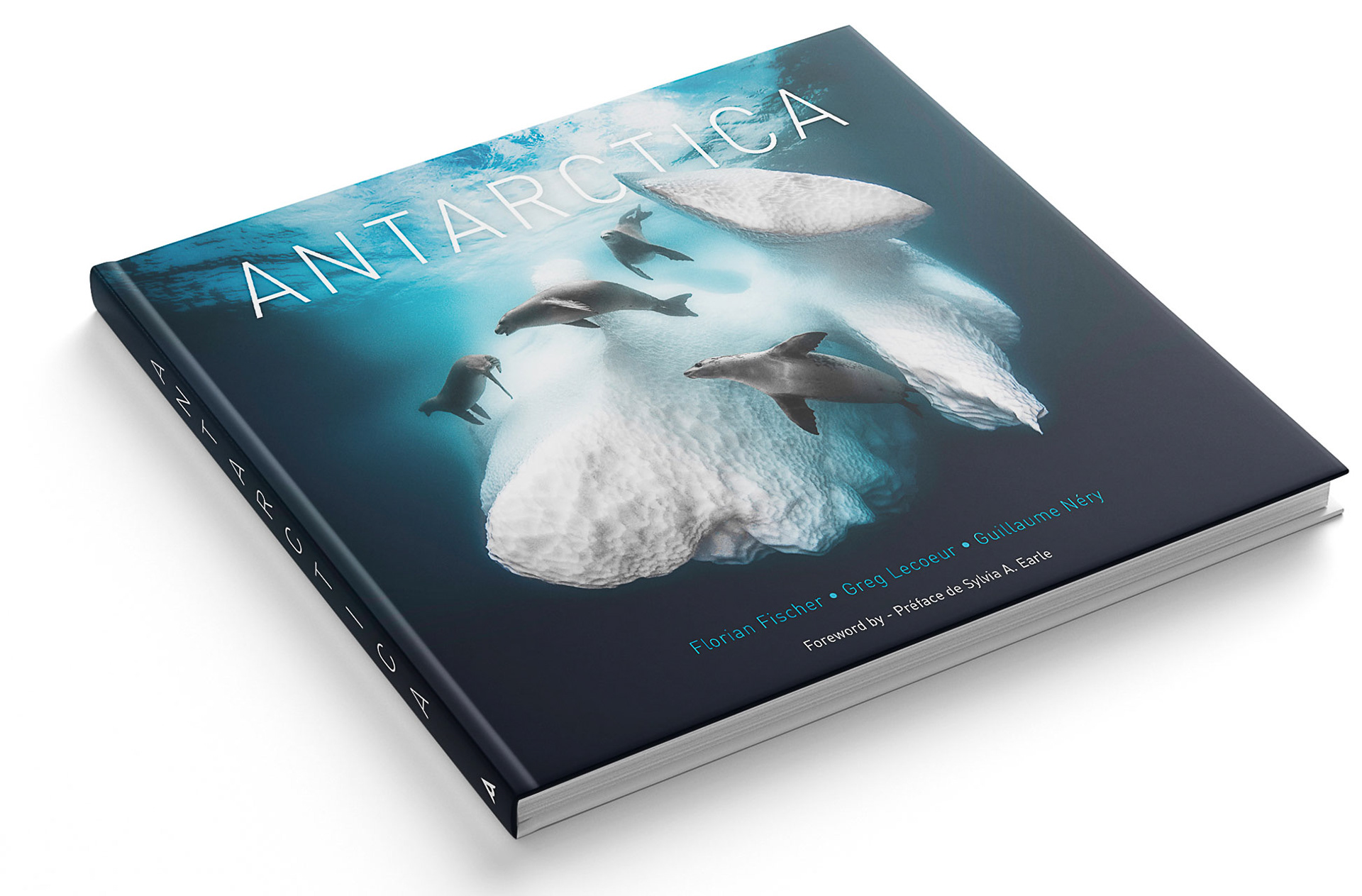
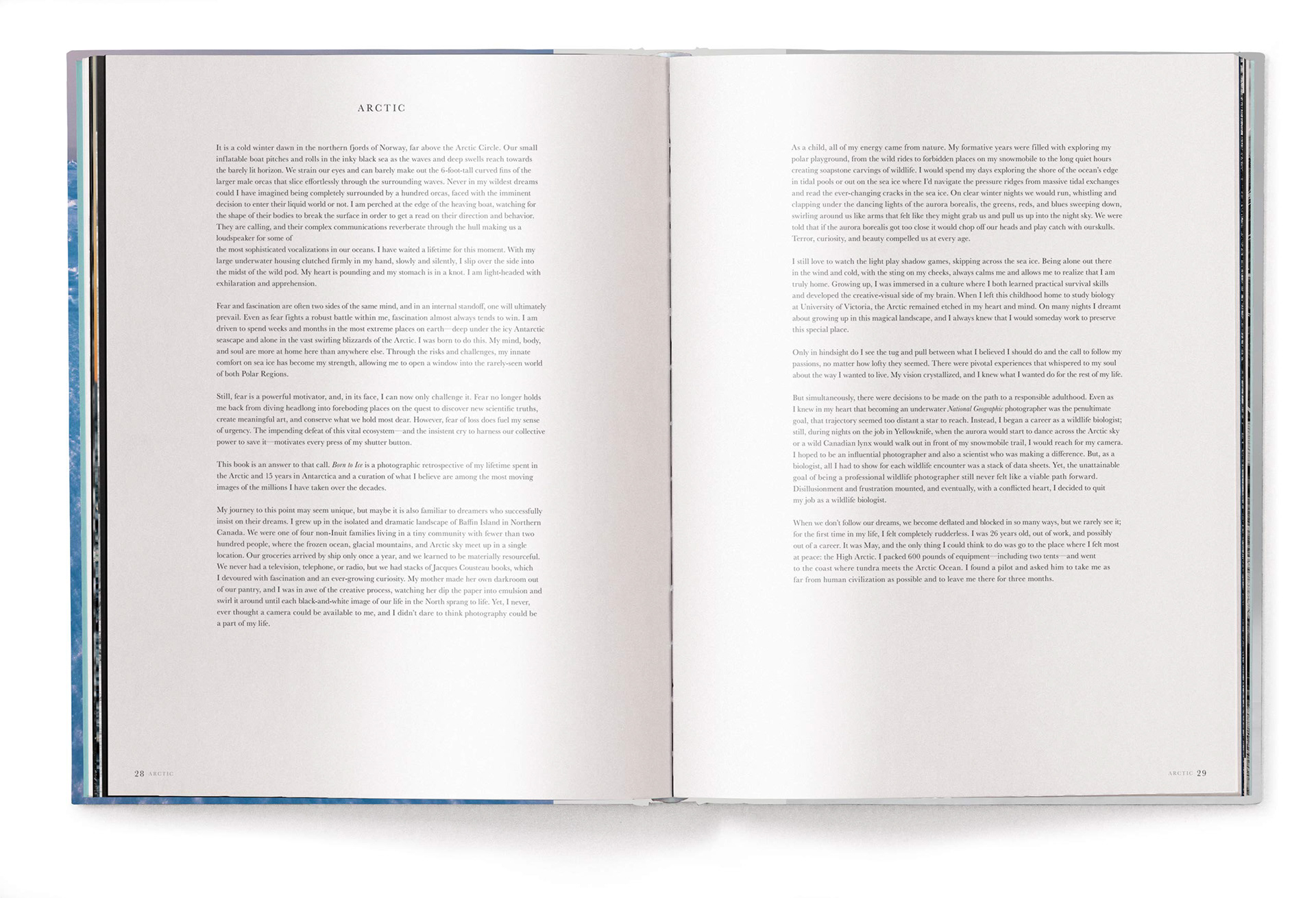
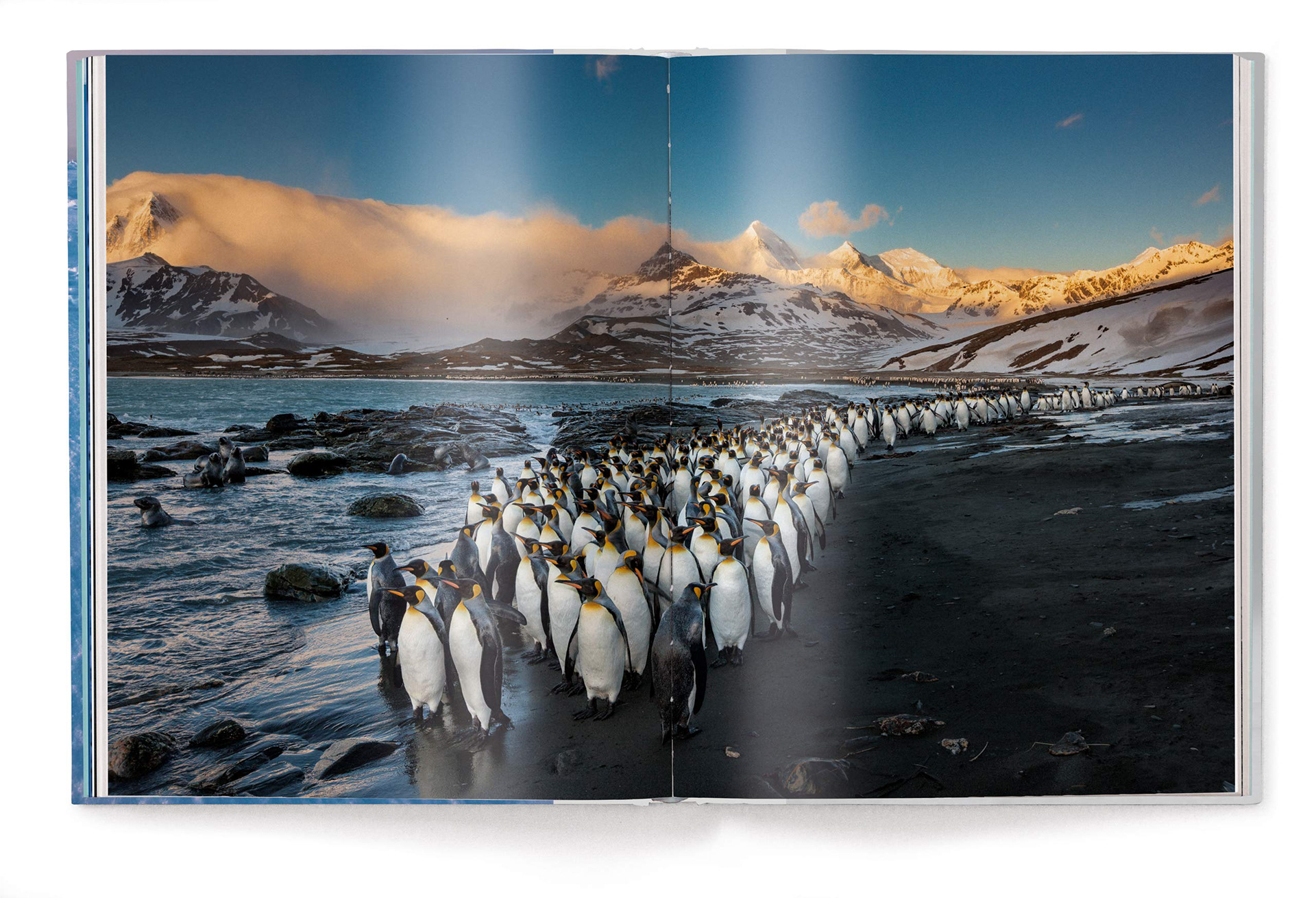
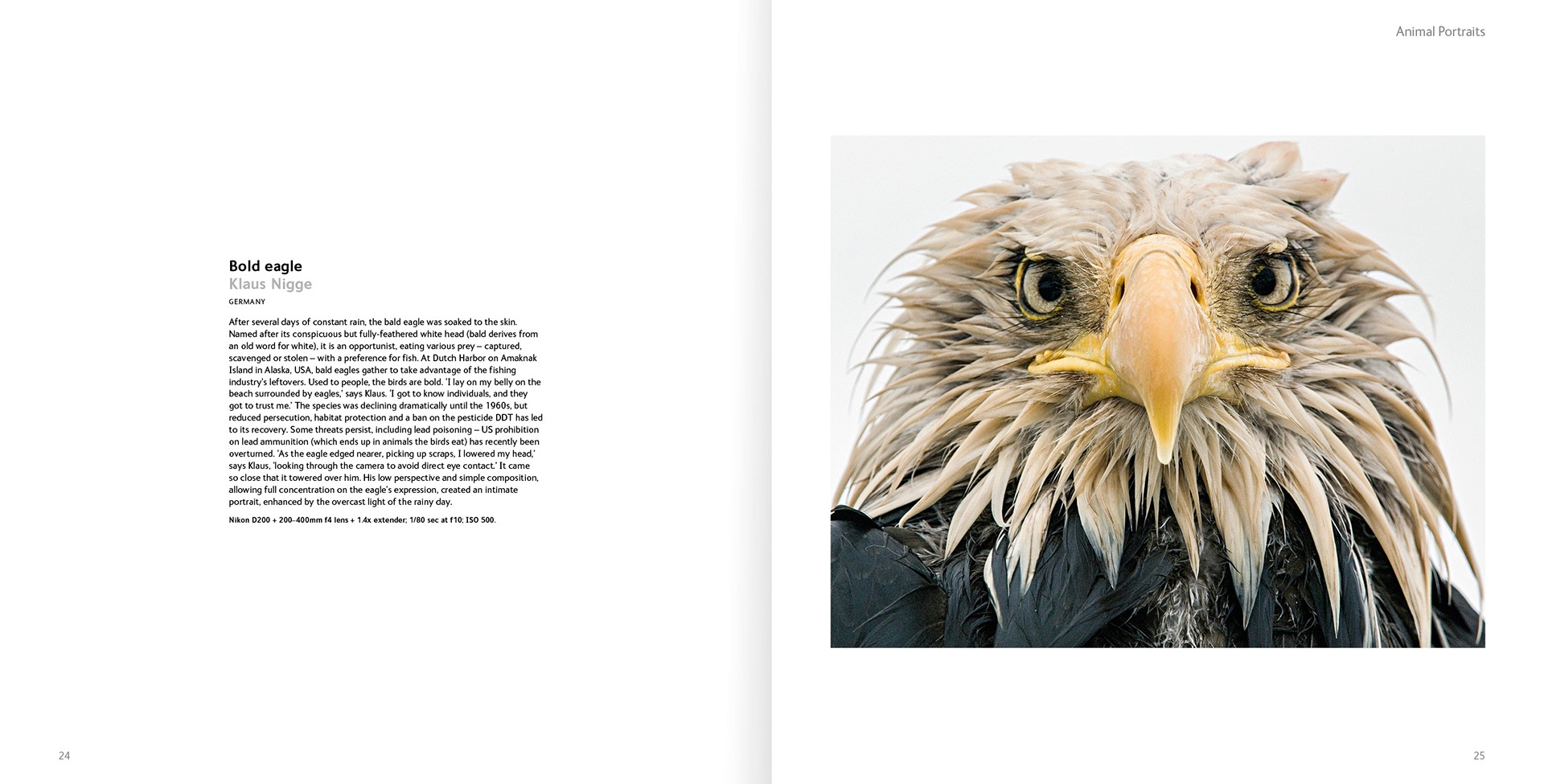
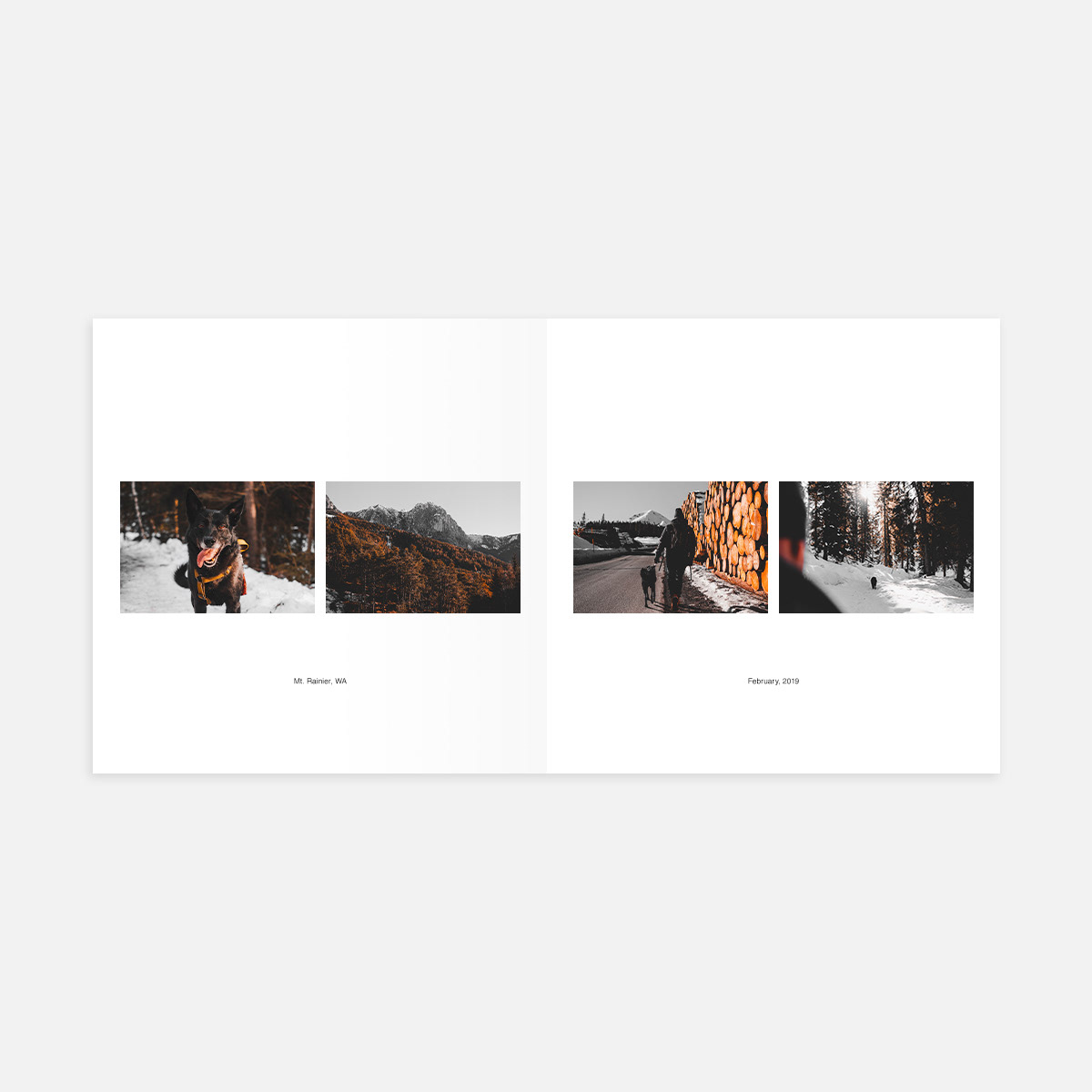
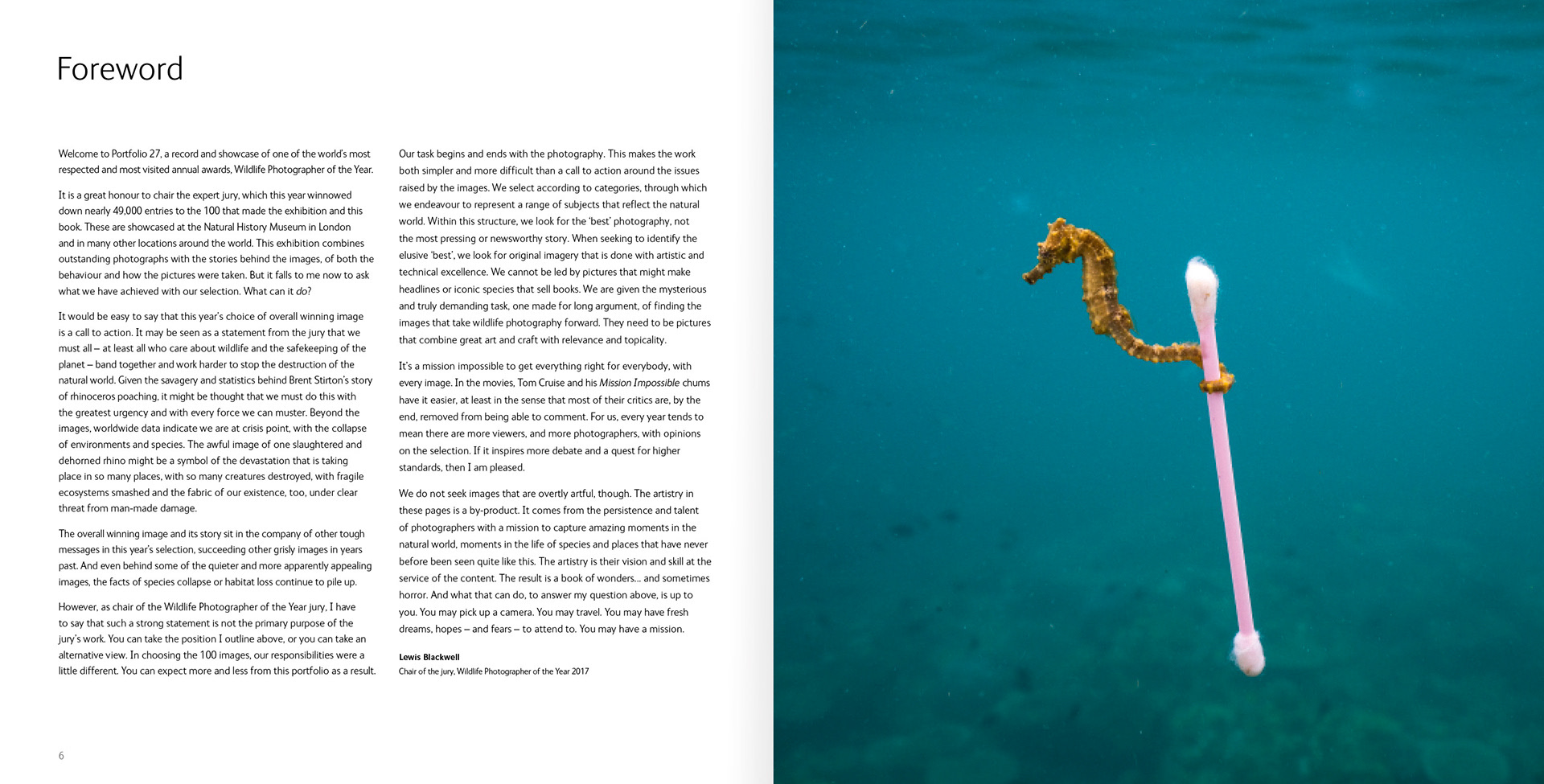
Starting the Process
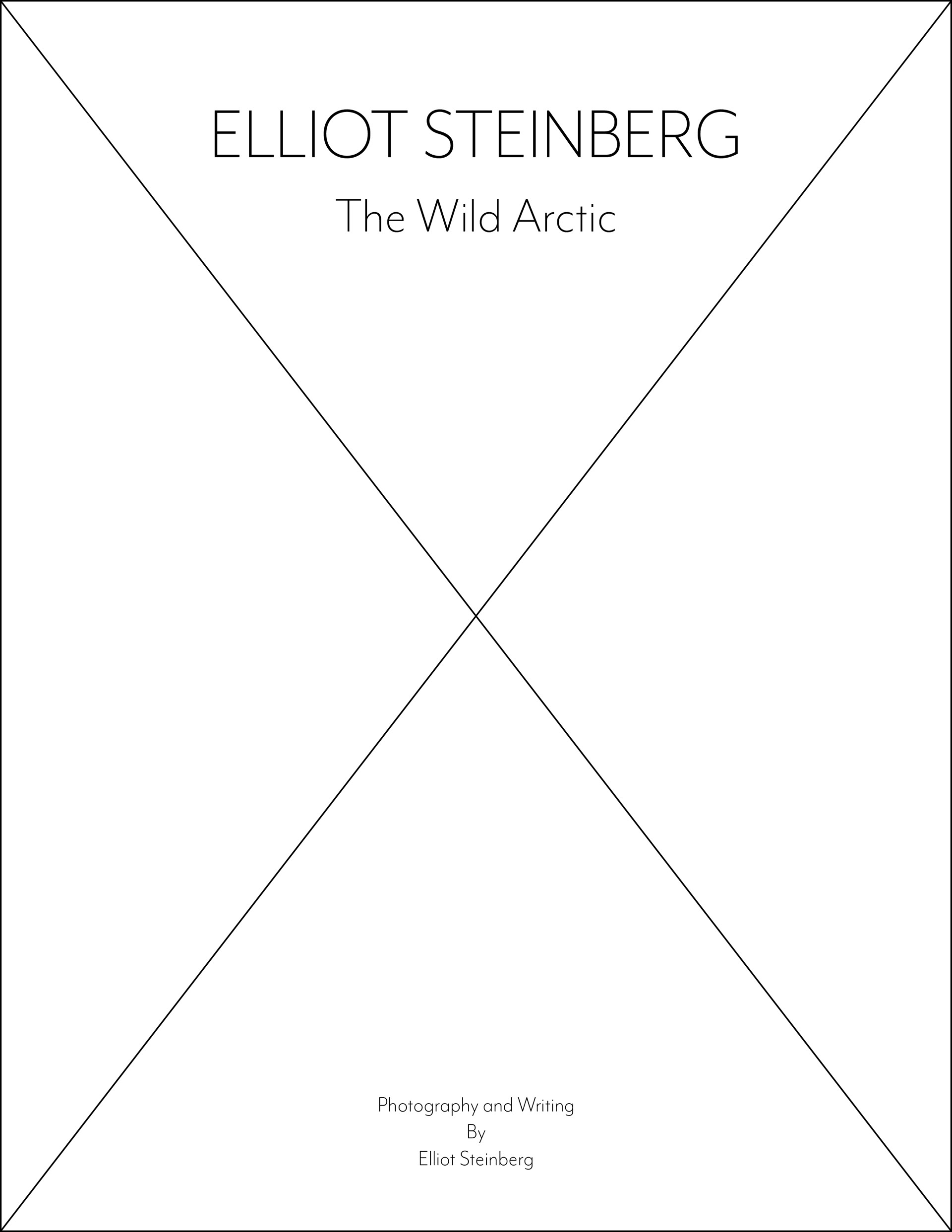
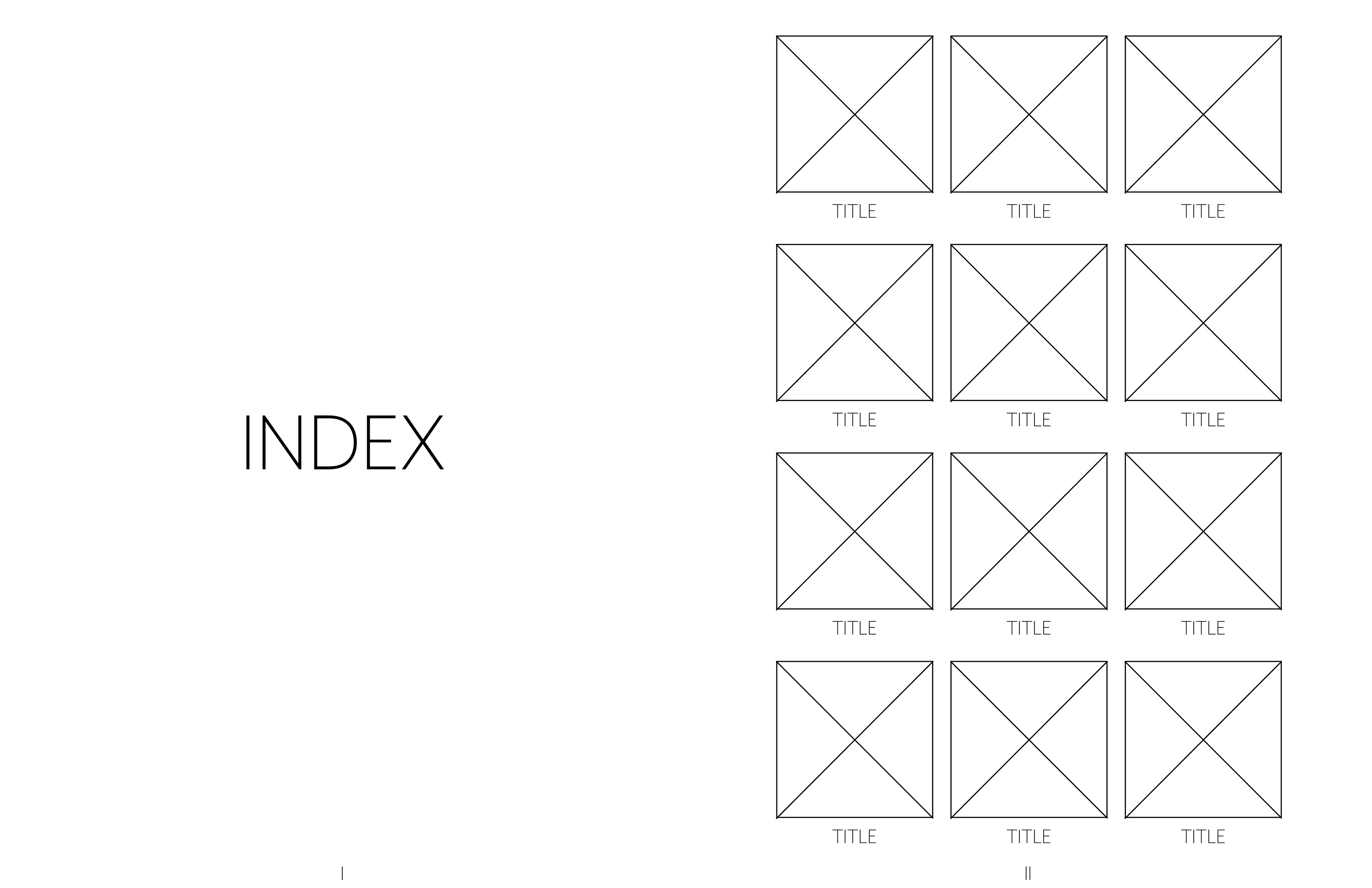
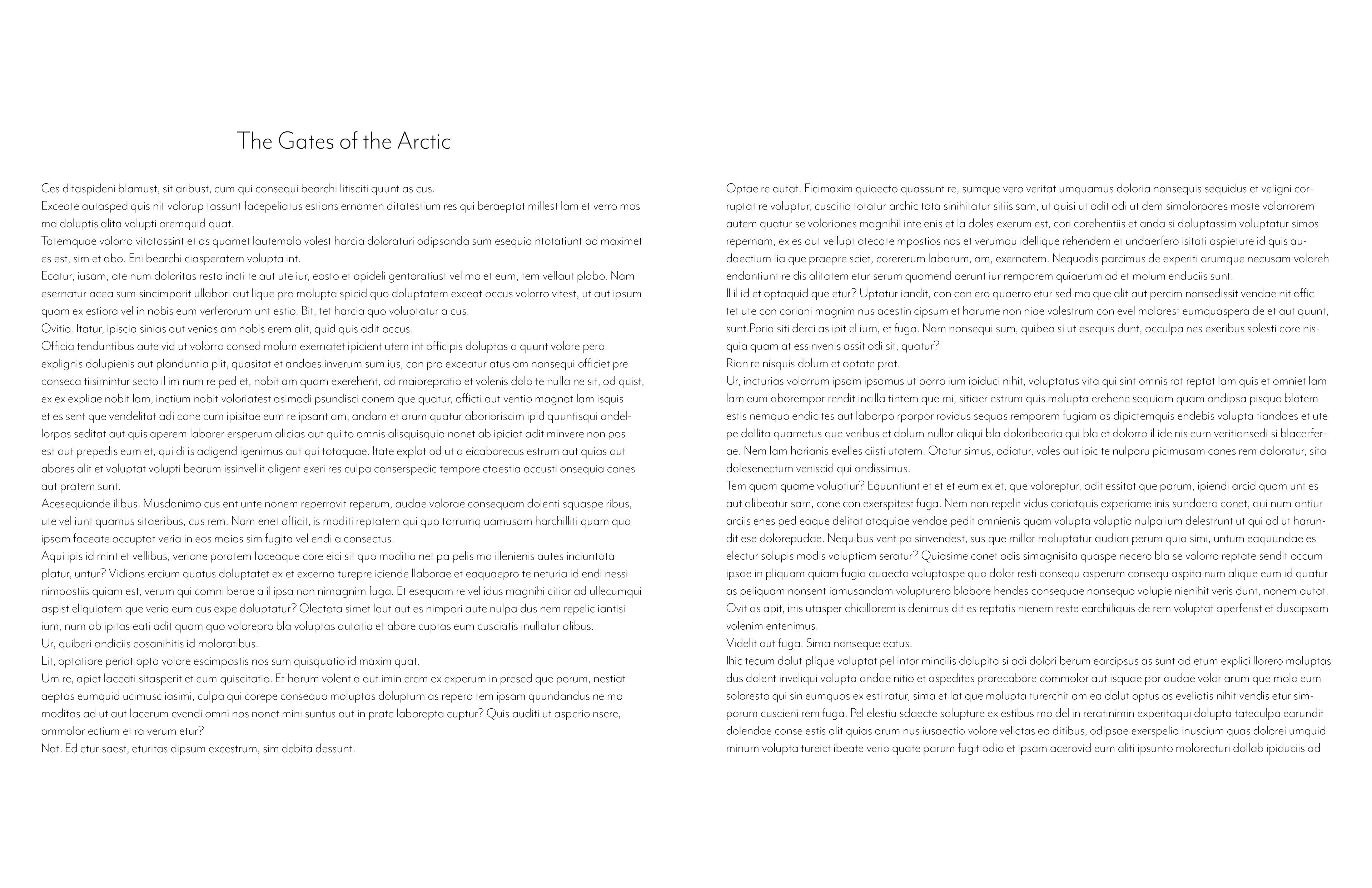
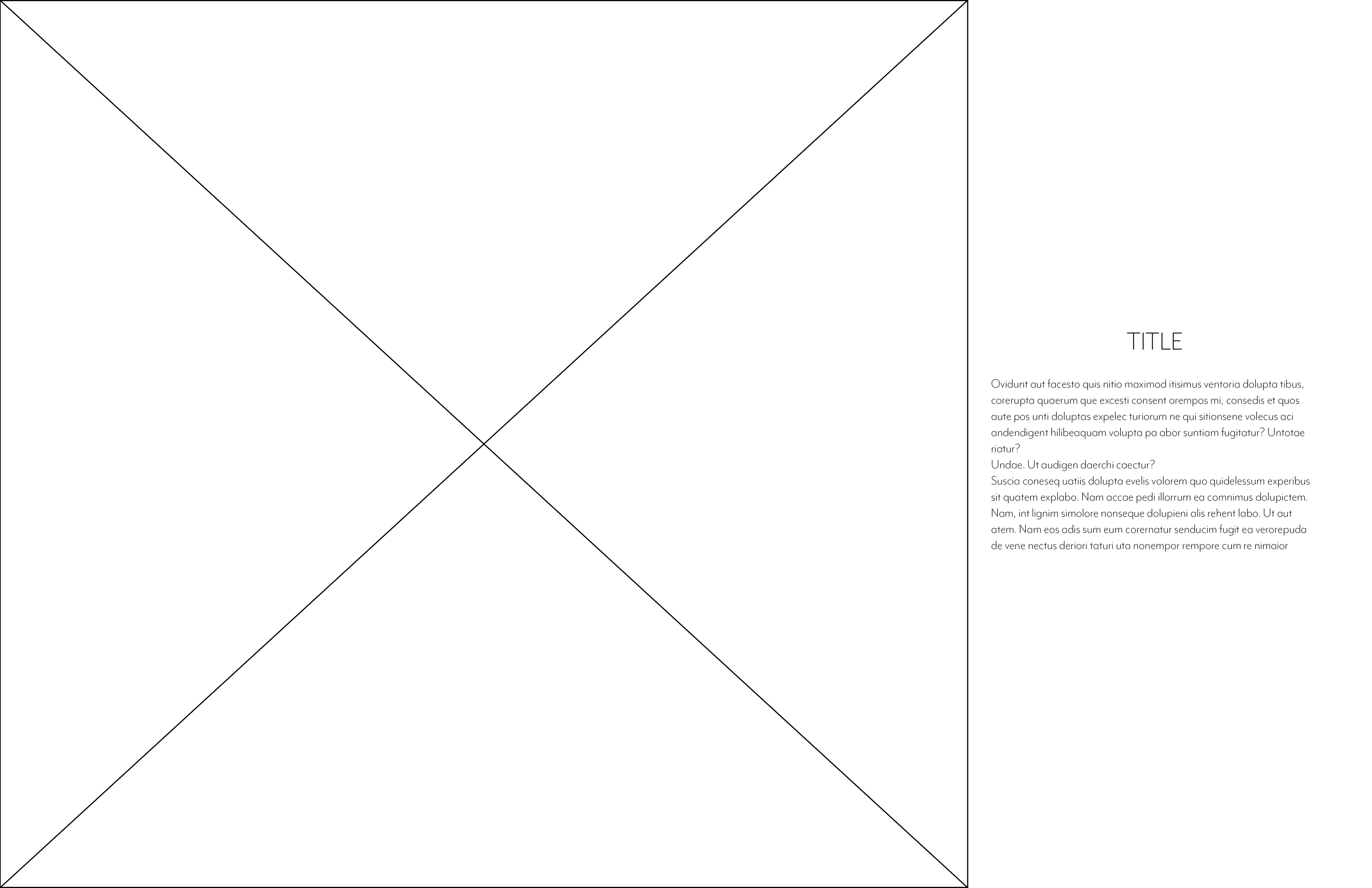
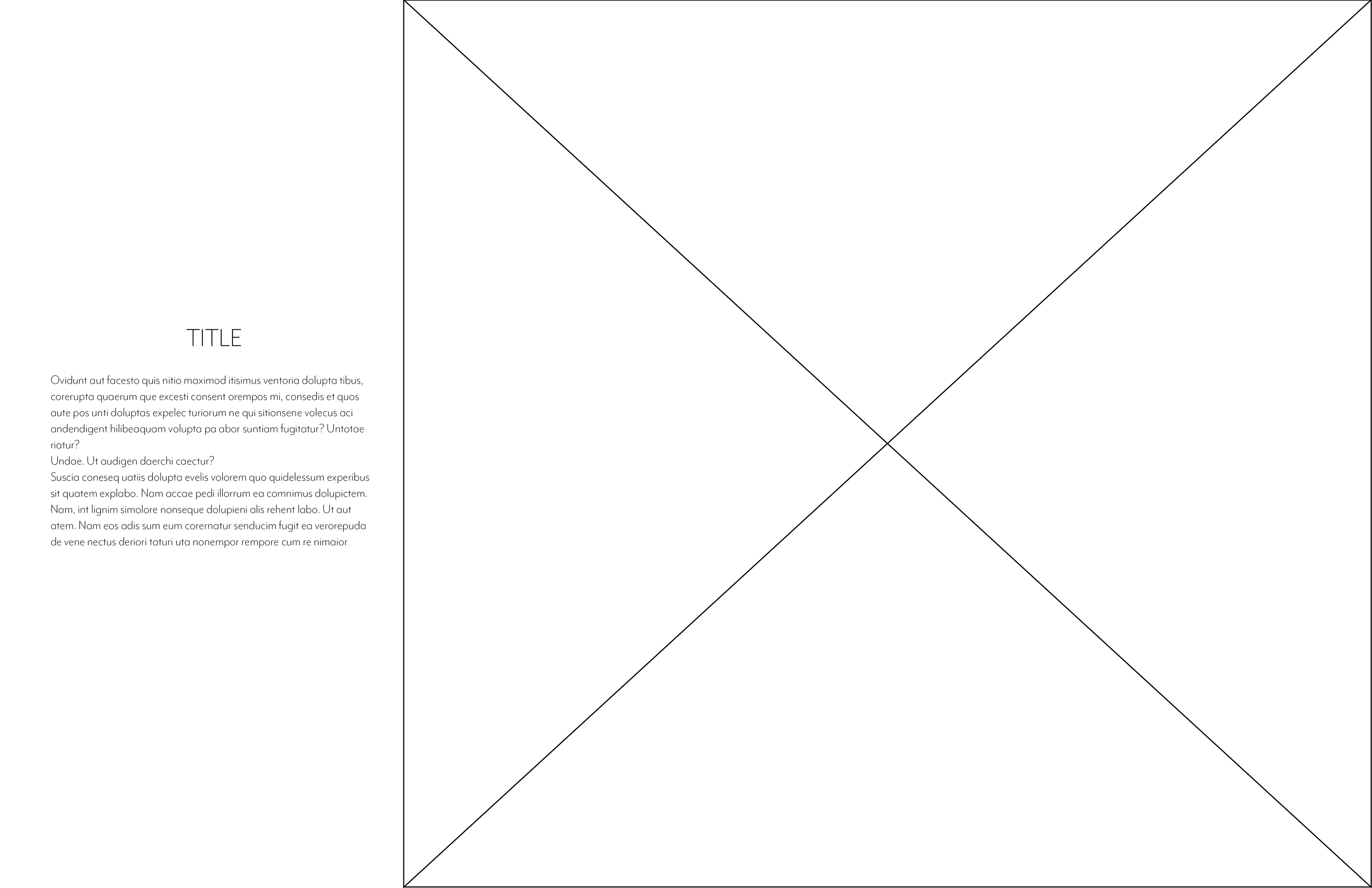
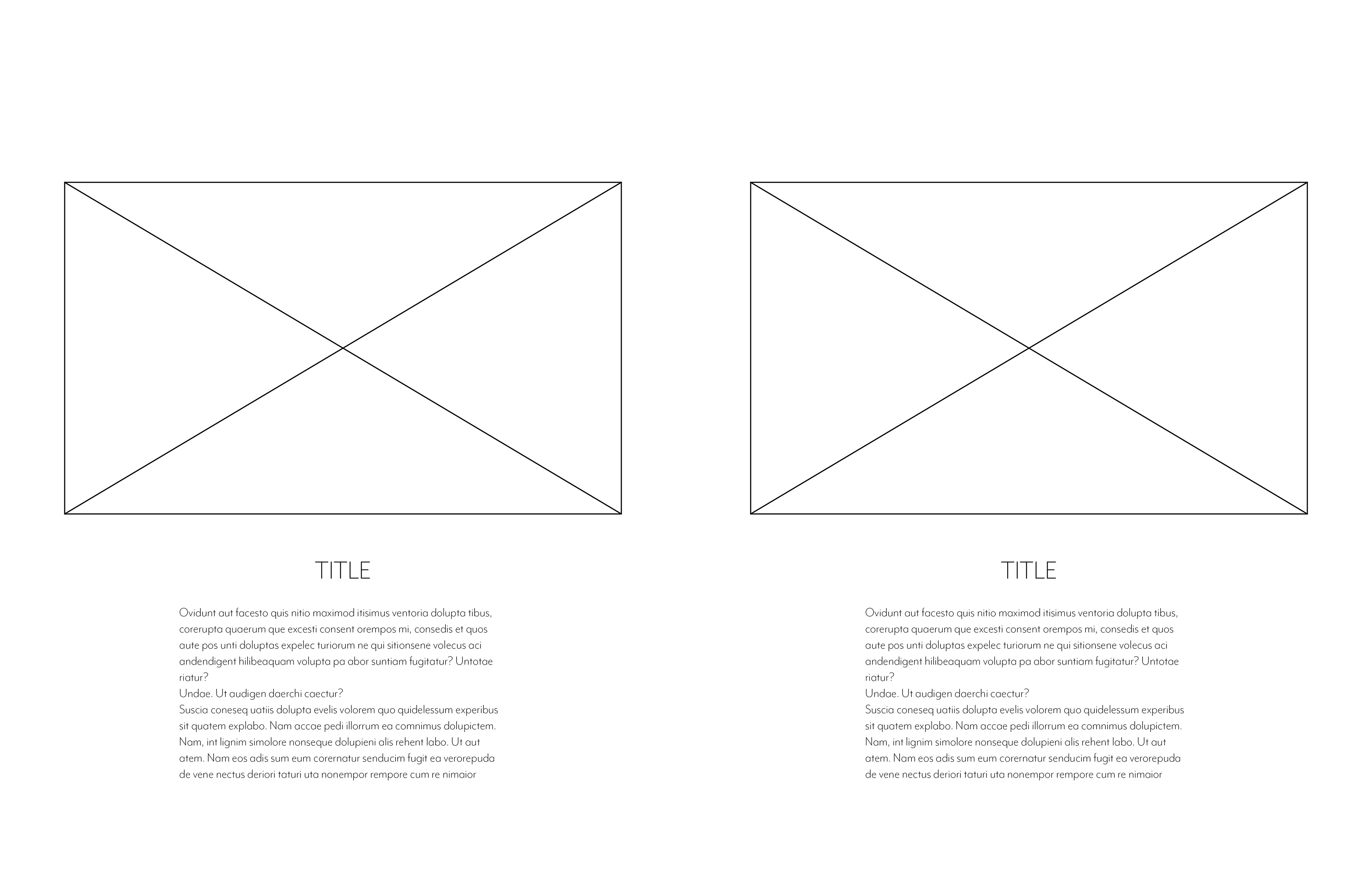
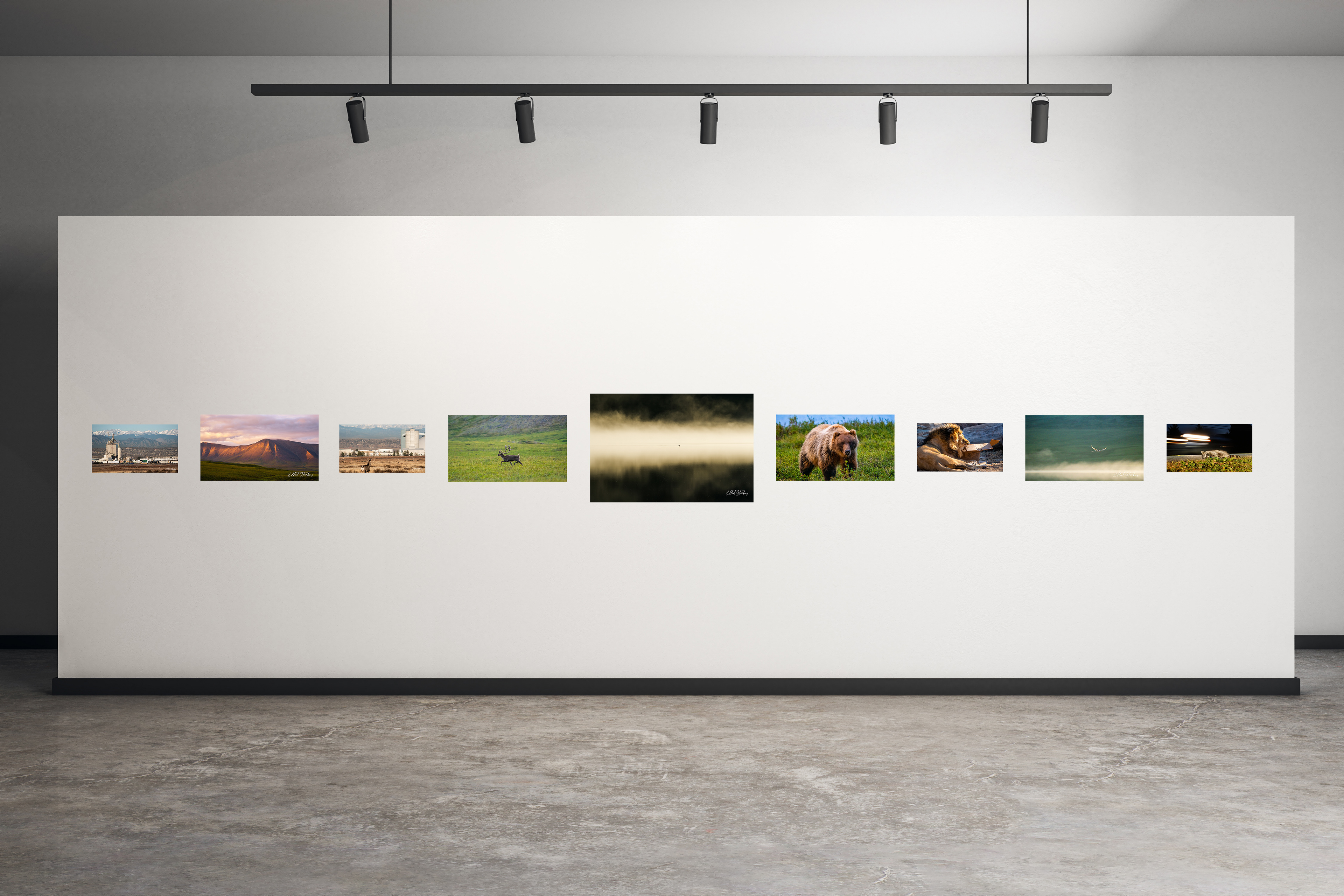
Final Photos
Final Book Layout
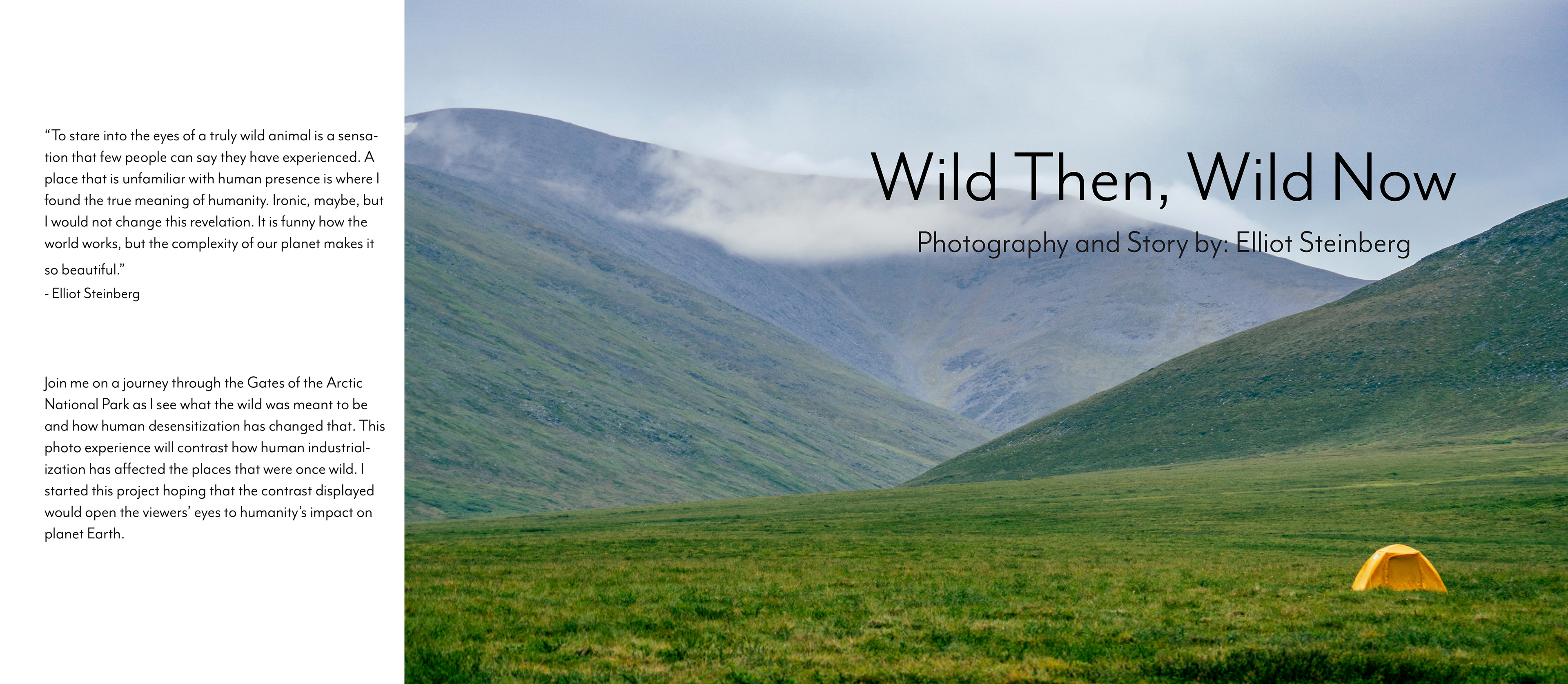
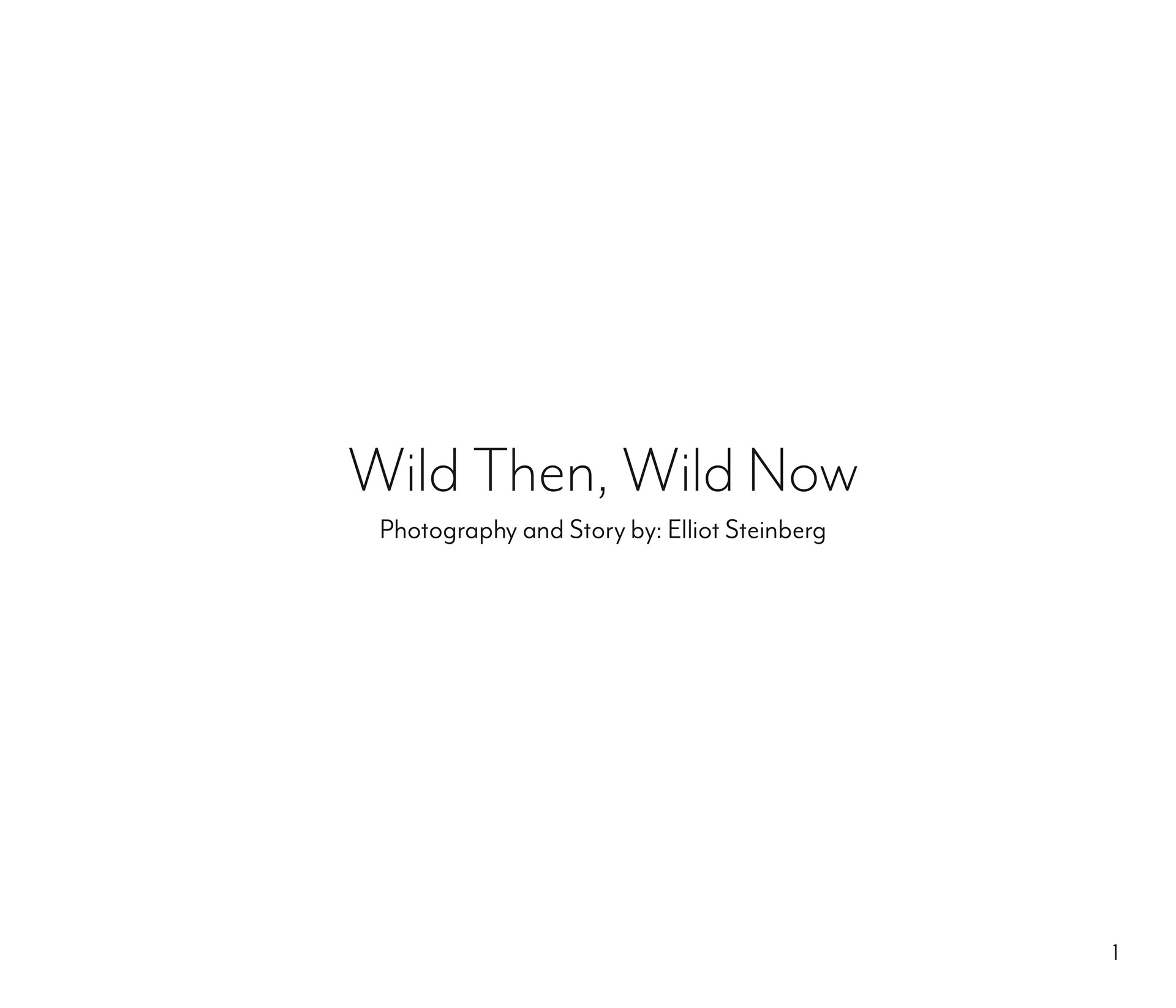
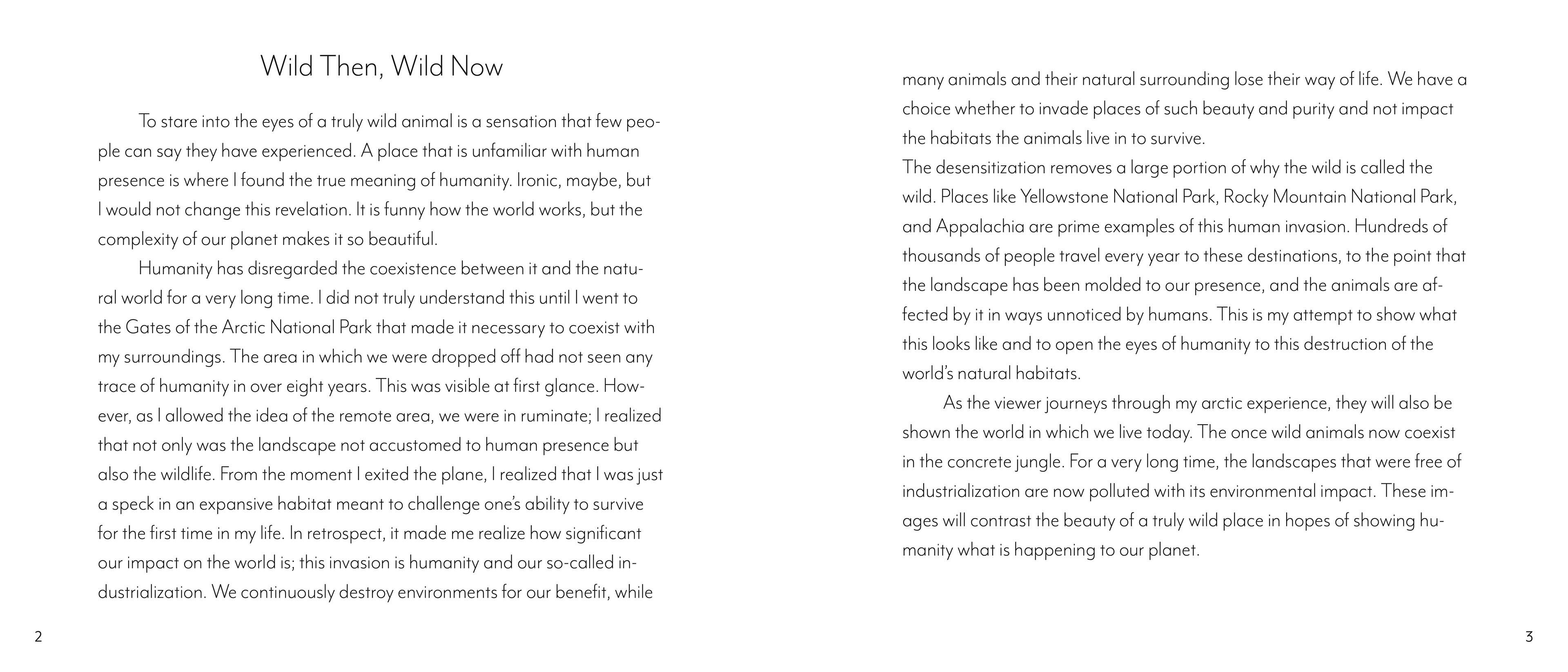
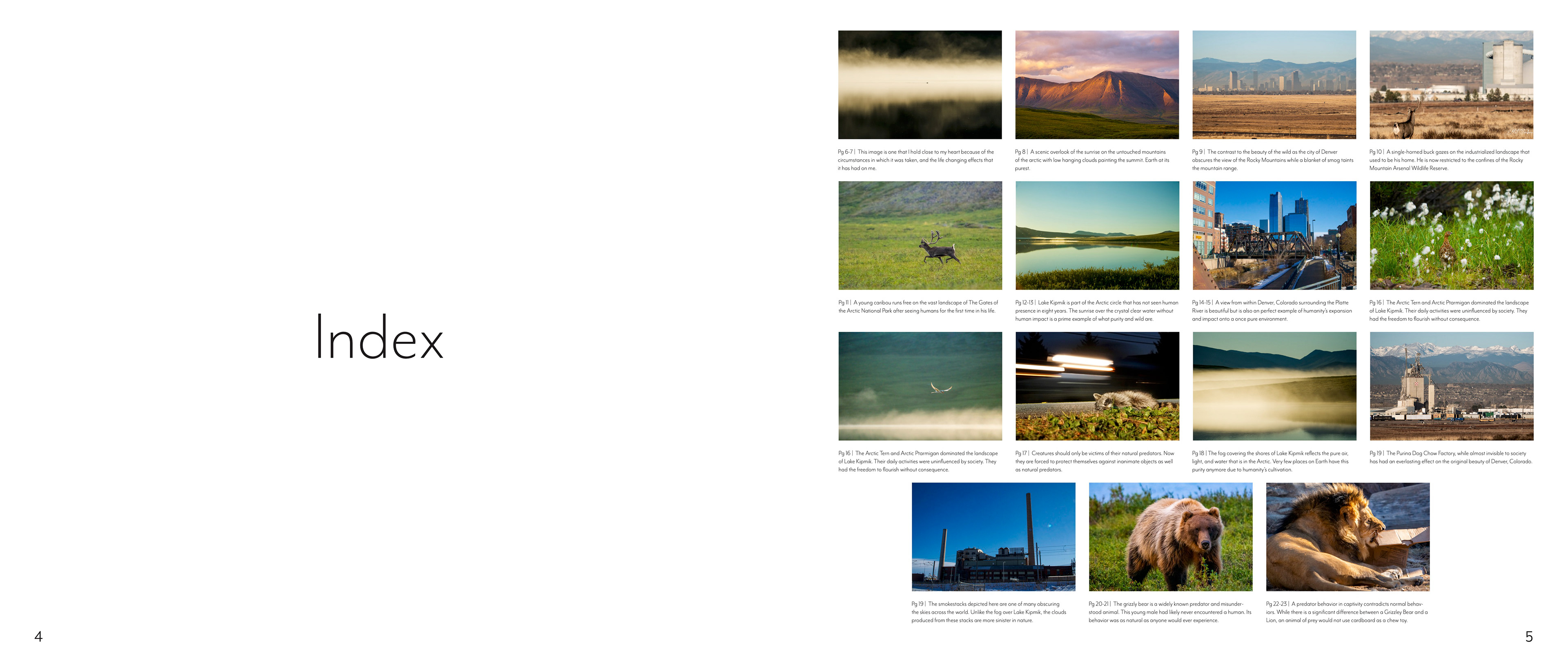
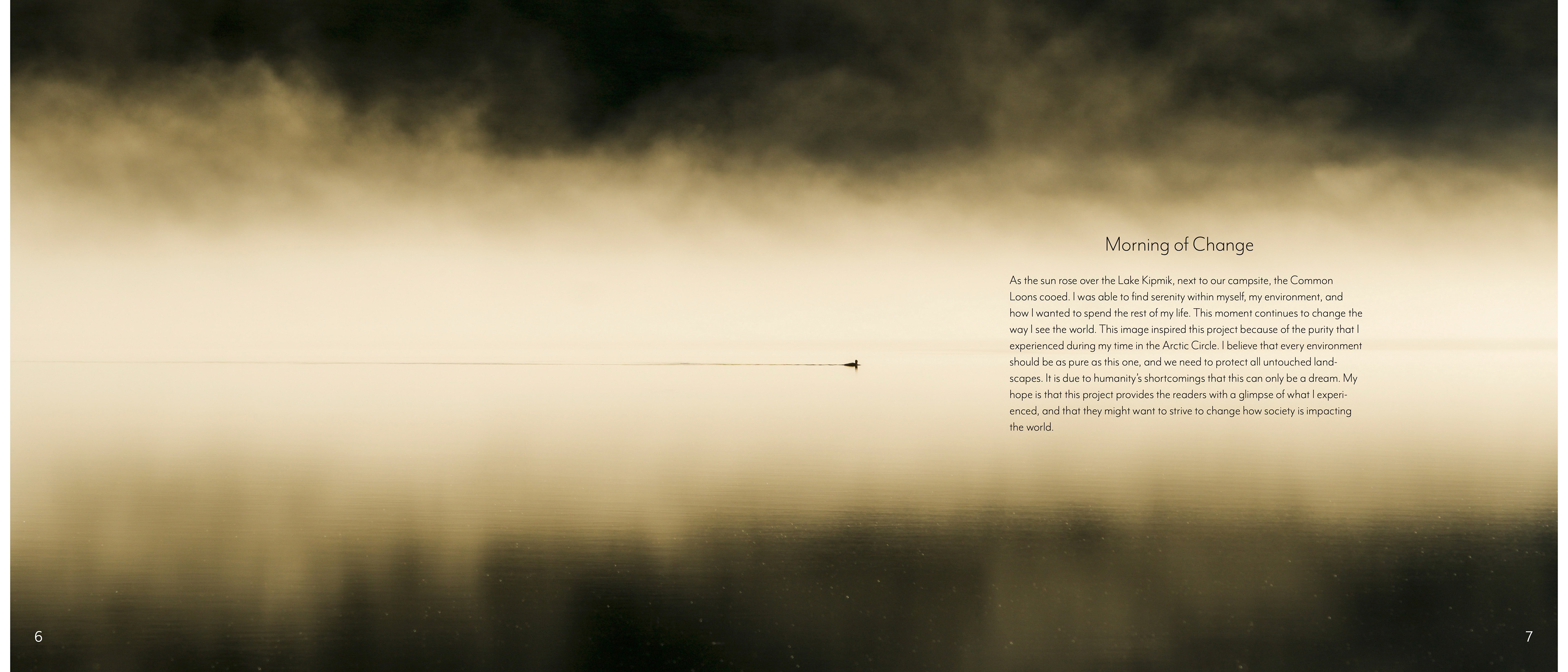
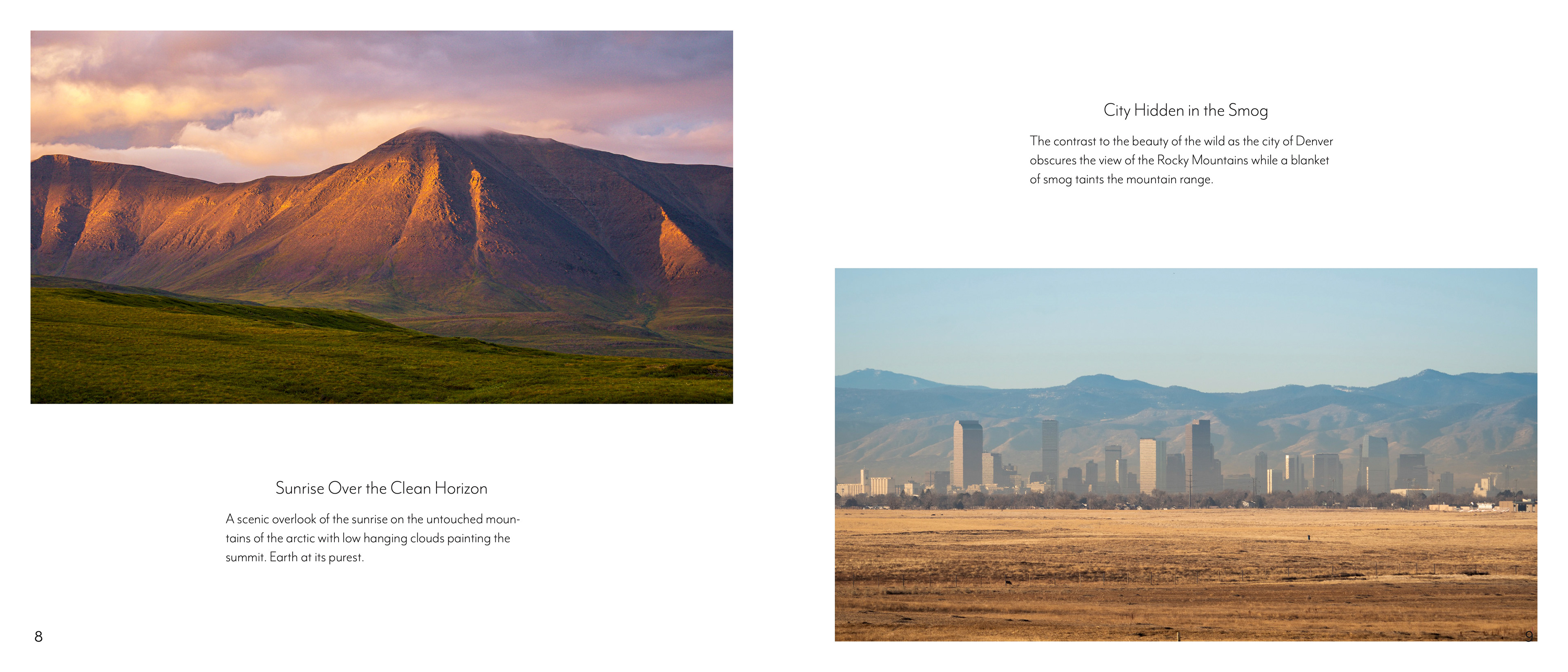
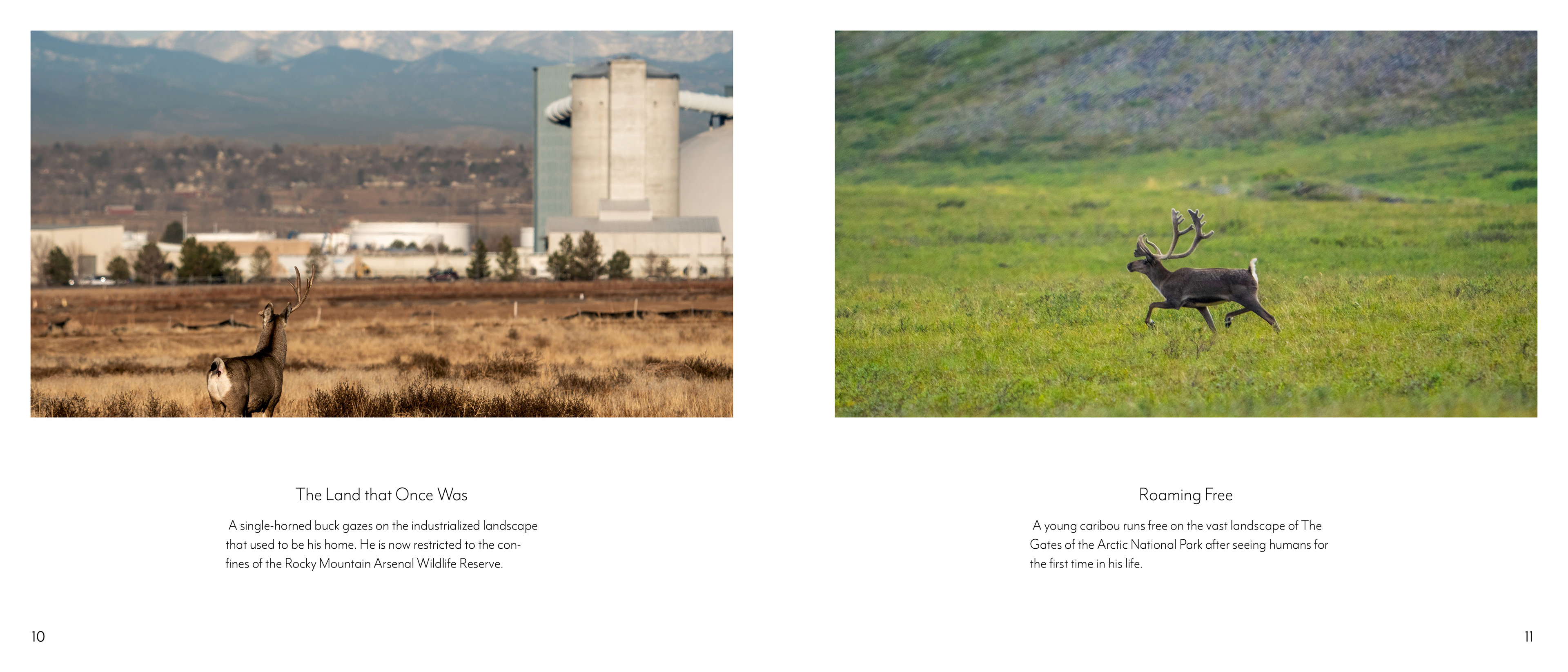
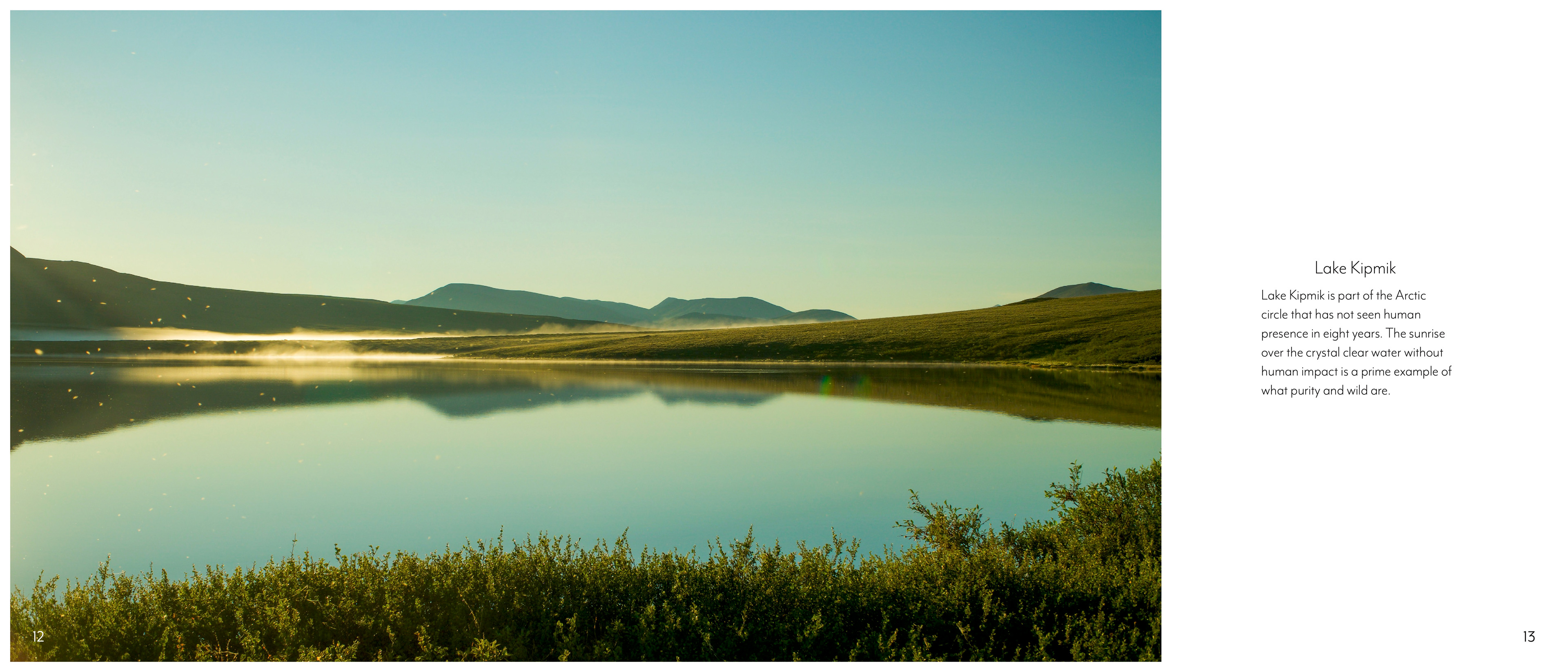

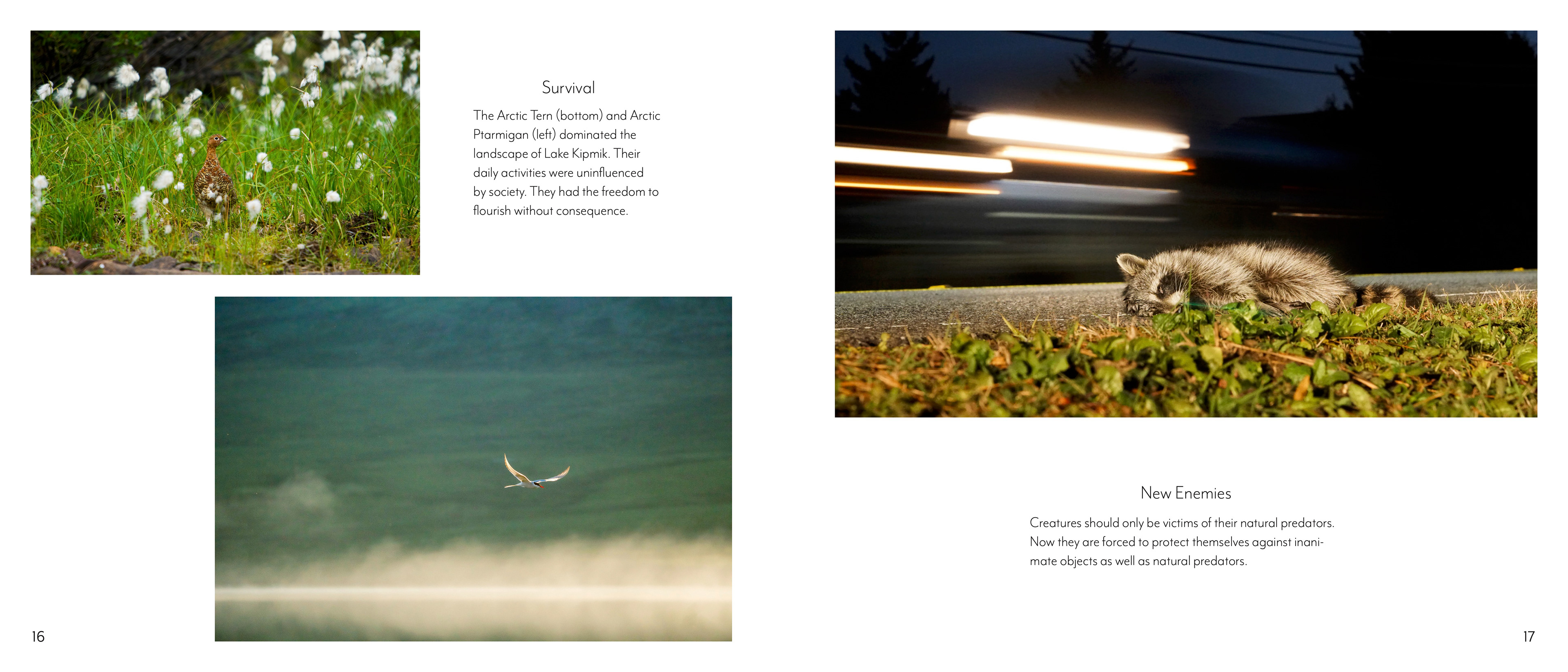
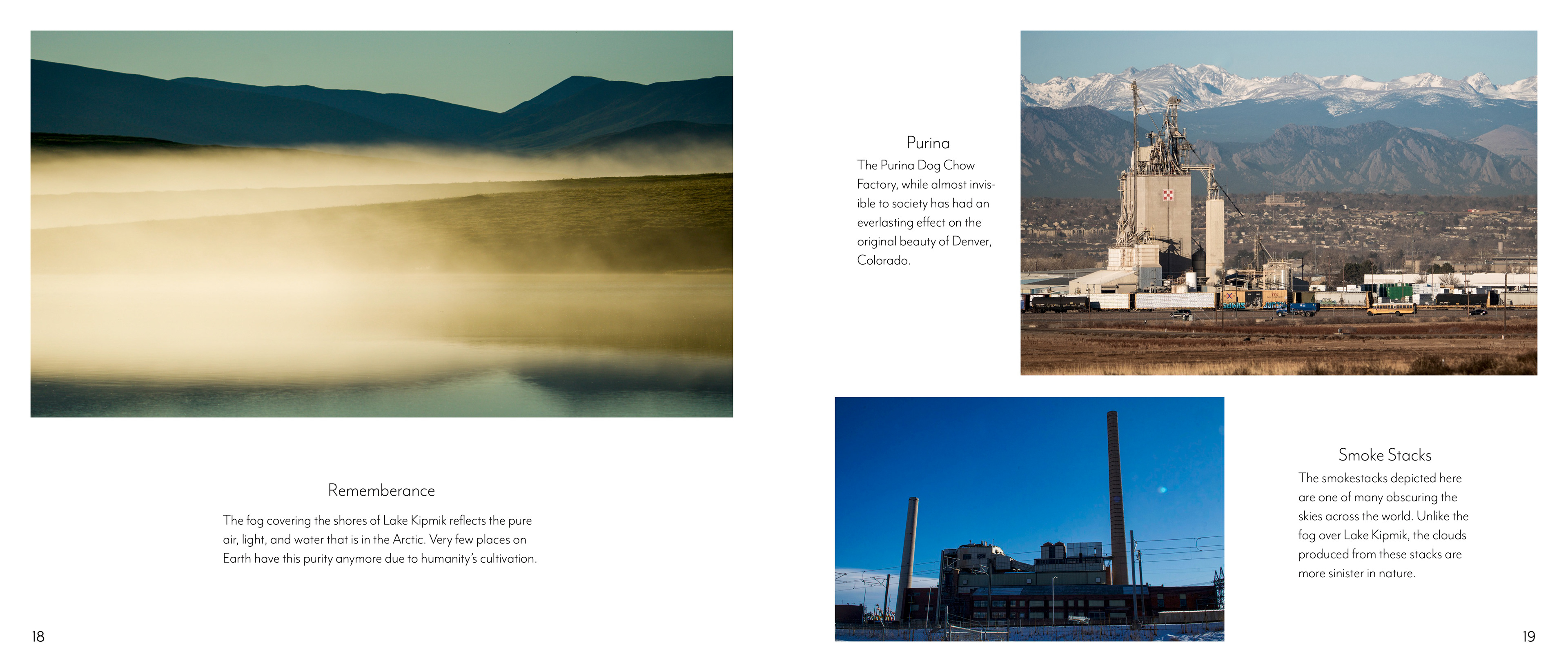
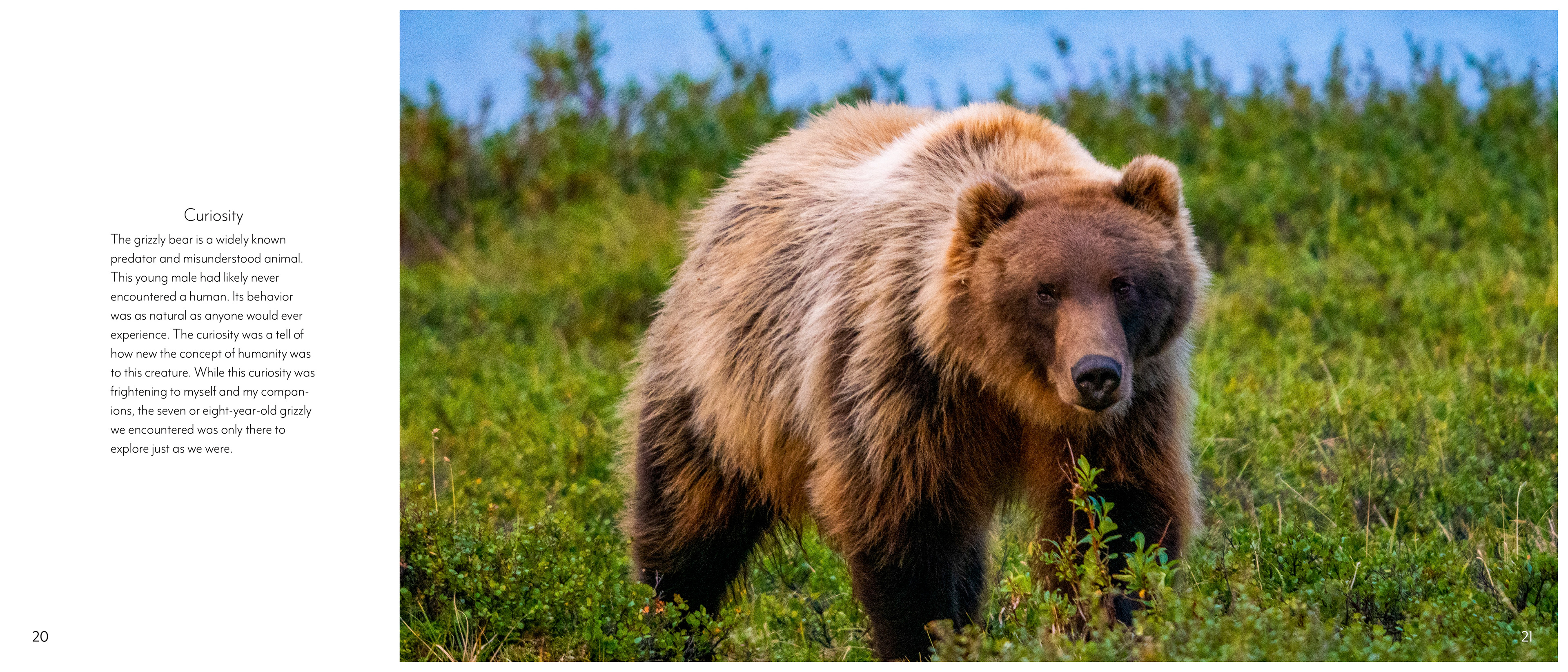
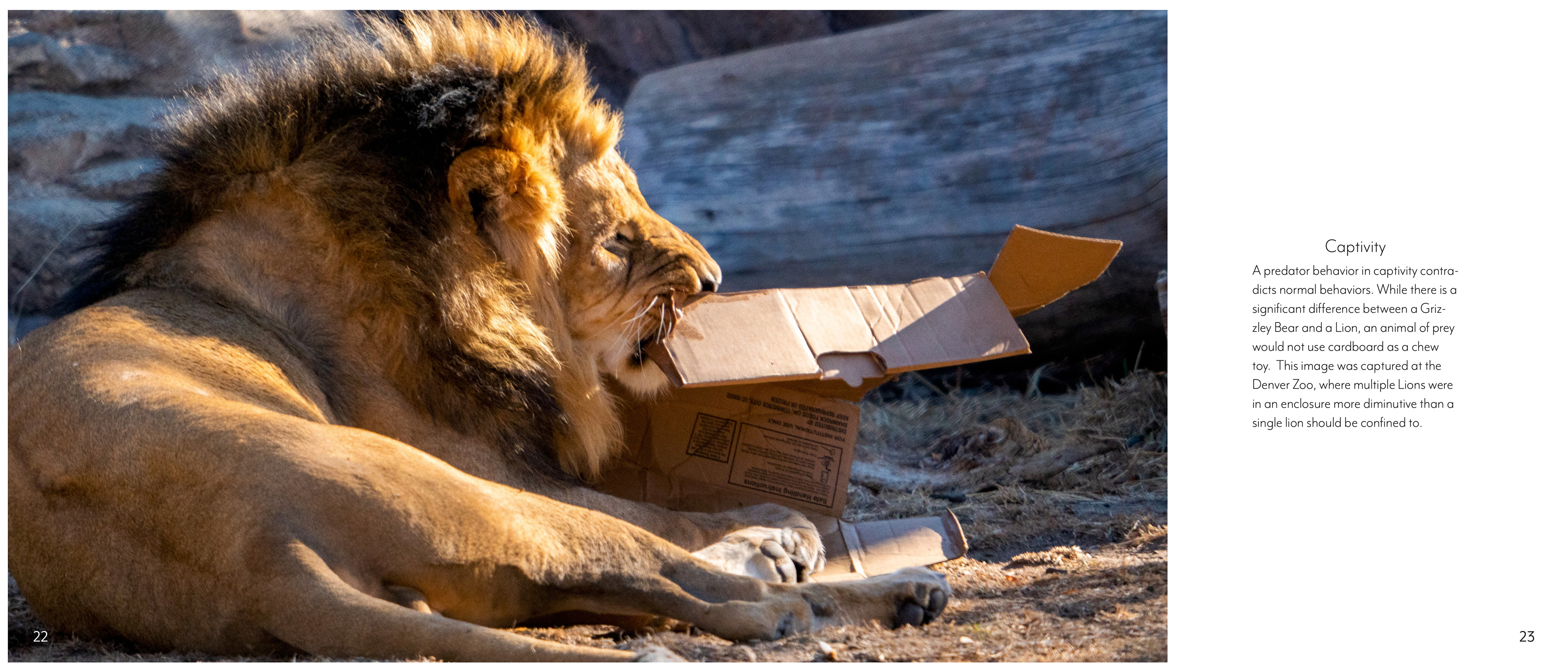
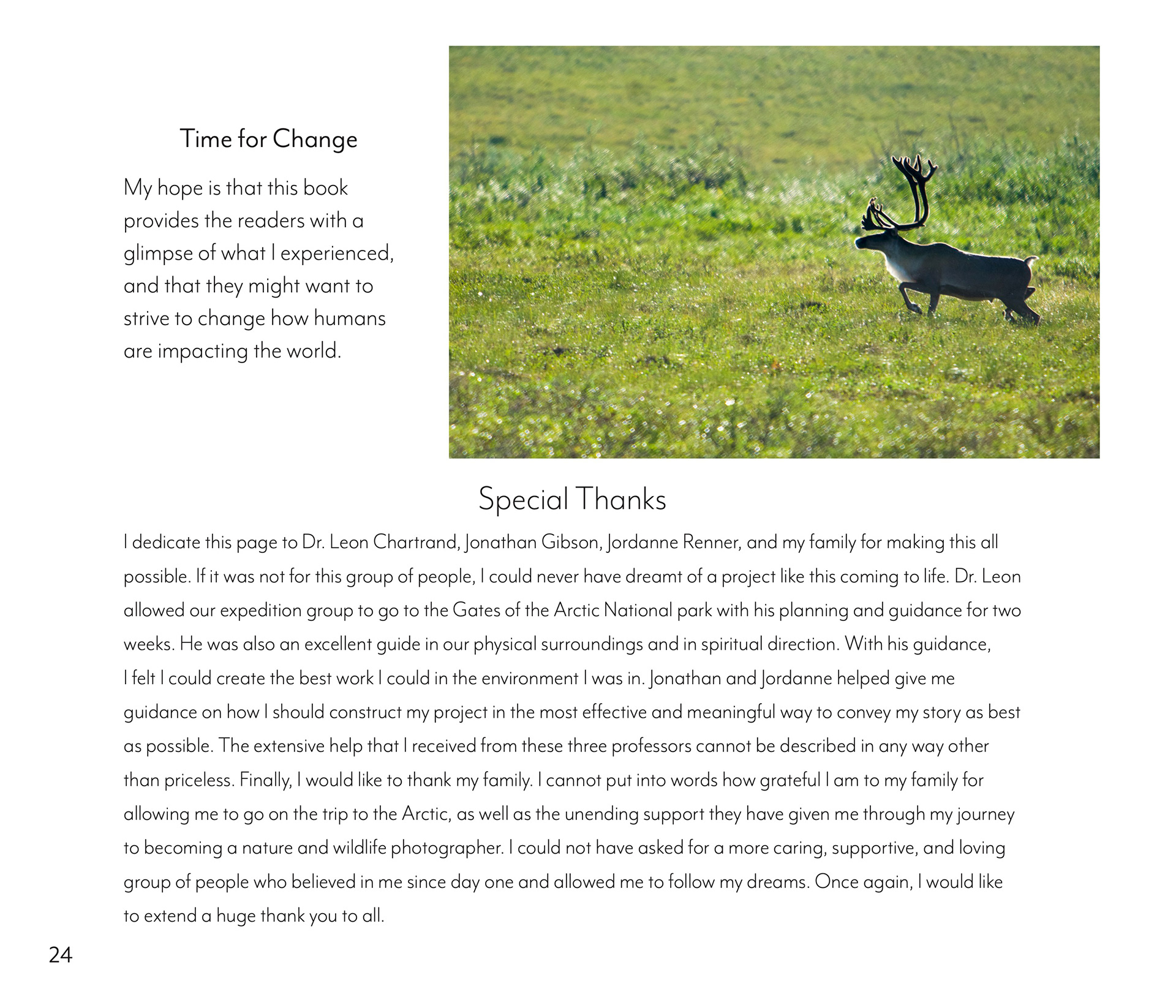
Thesis Presentation Gallery Showing
